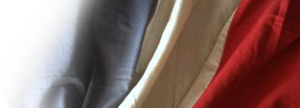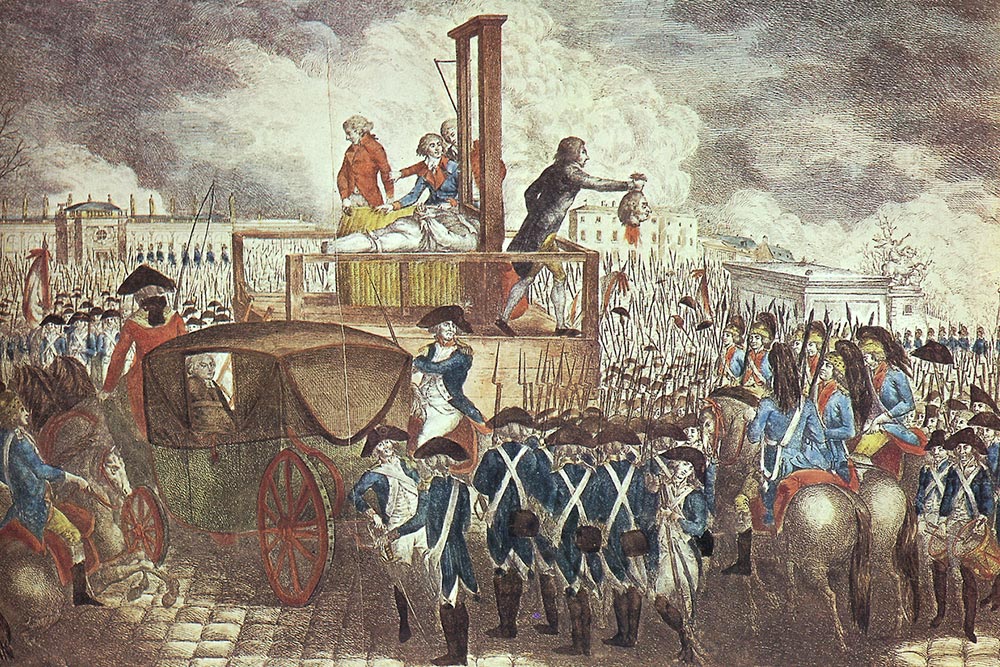
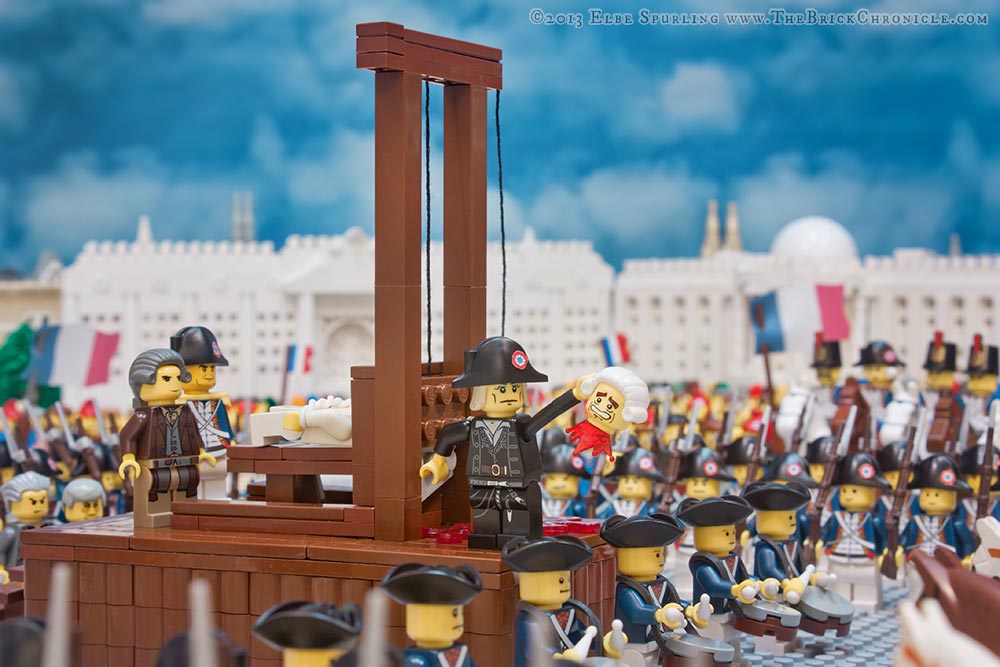
The execution of King Louis XVI by public decapitation at the Place de la Révolution, at the eastern end of the Champs-Élysées in Paris, on January 21, 1793, brought the monarchy in France to a decisive halt.
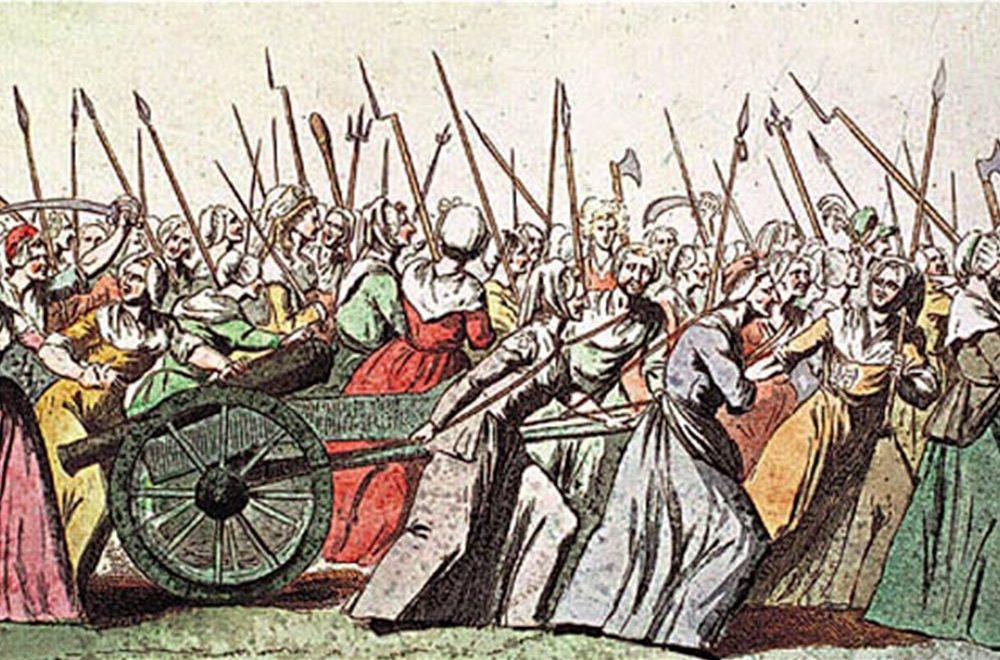
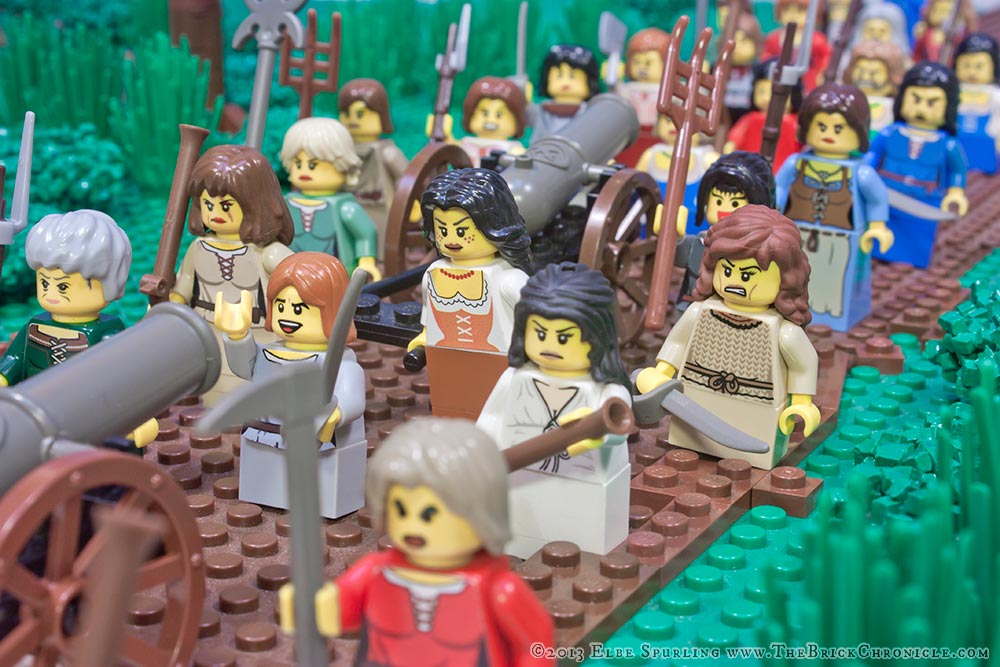
On October 5, 1789, the women of Paris had had enough of the government’s inaction in the face of continuing bread shortages. They organized quickly, took canons and other arms, and marched 11 miles to the royal palace at Versailles.
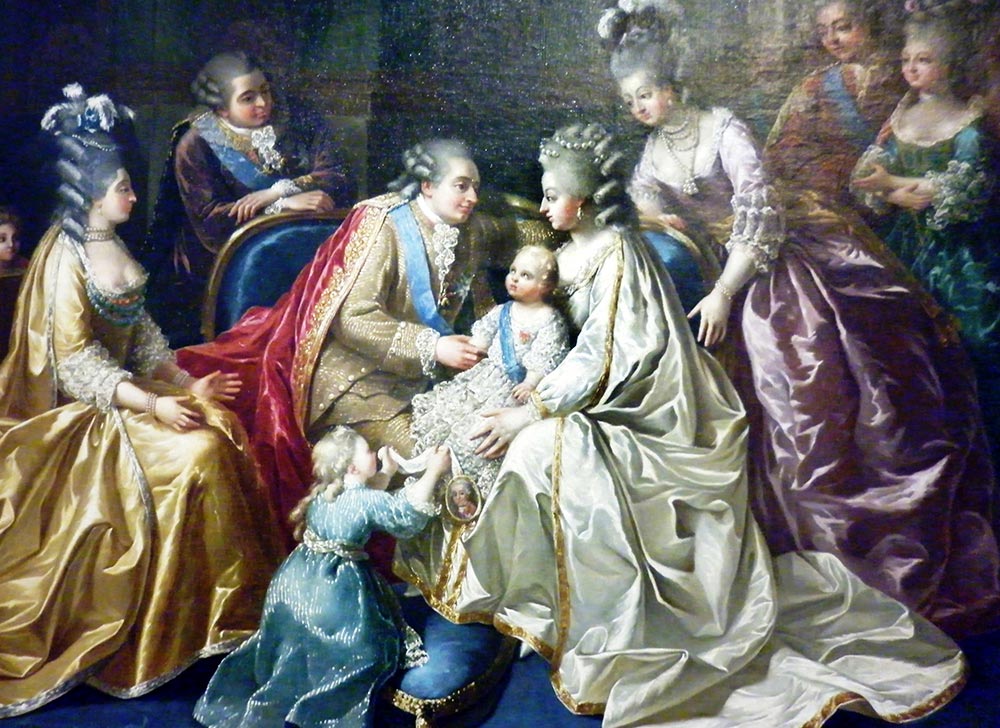
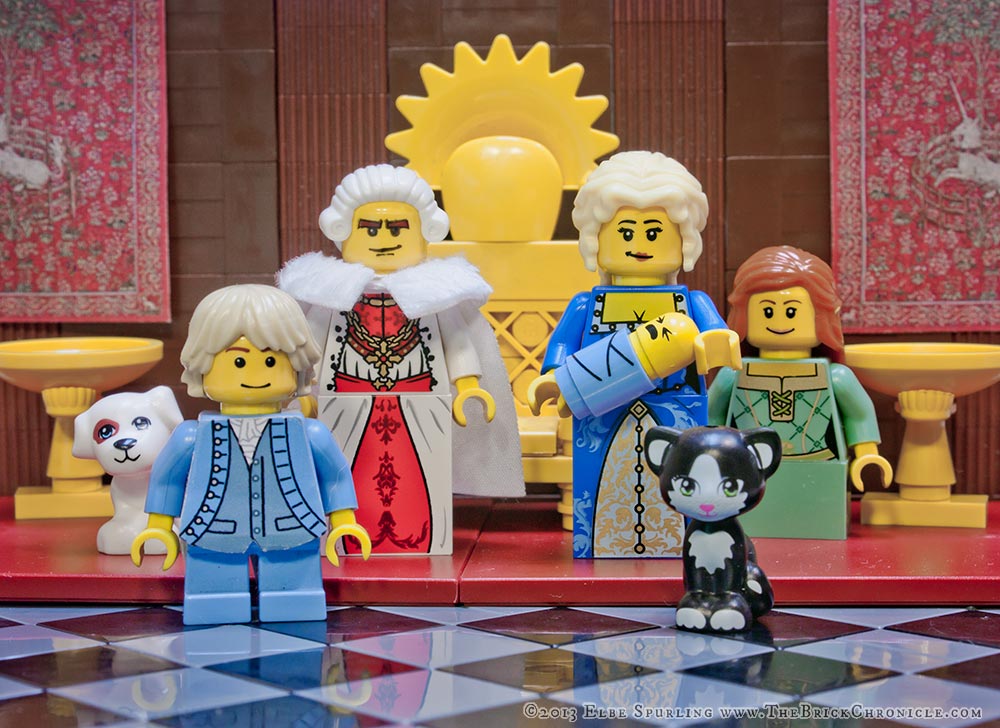
King Louis XVI, age 34, Queen Marie Antoinette, age 32, and their young children, just before the start of the Revolution.
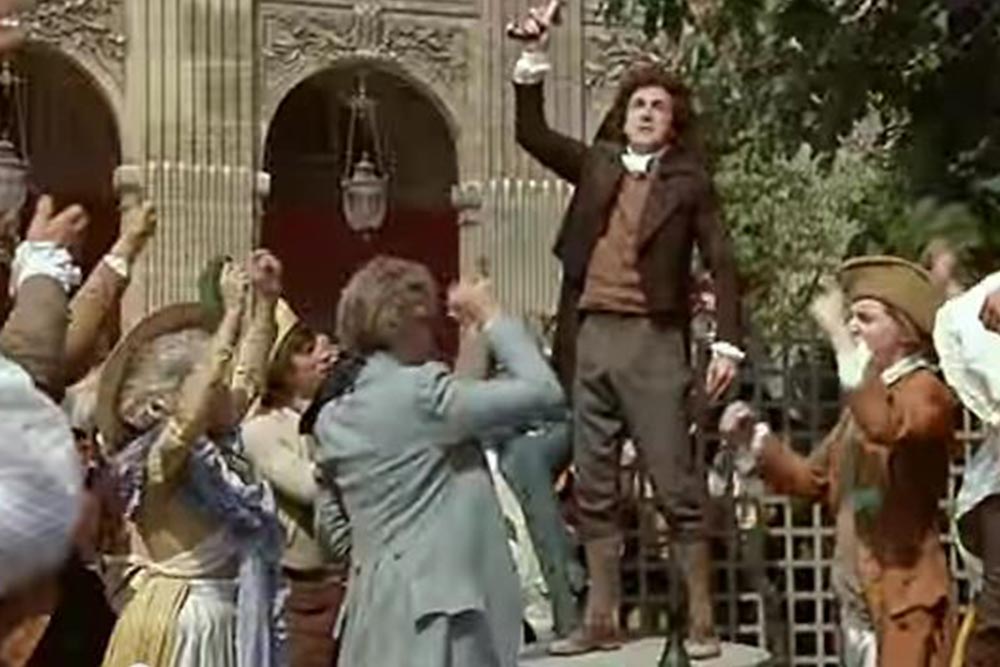
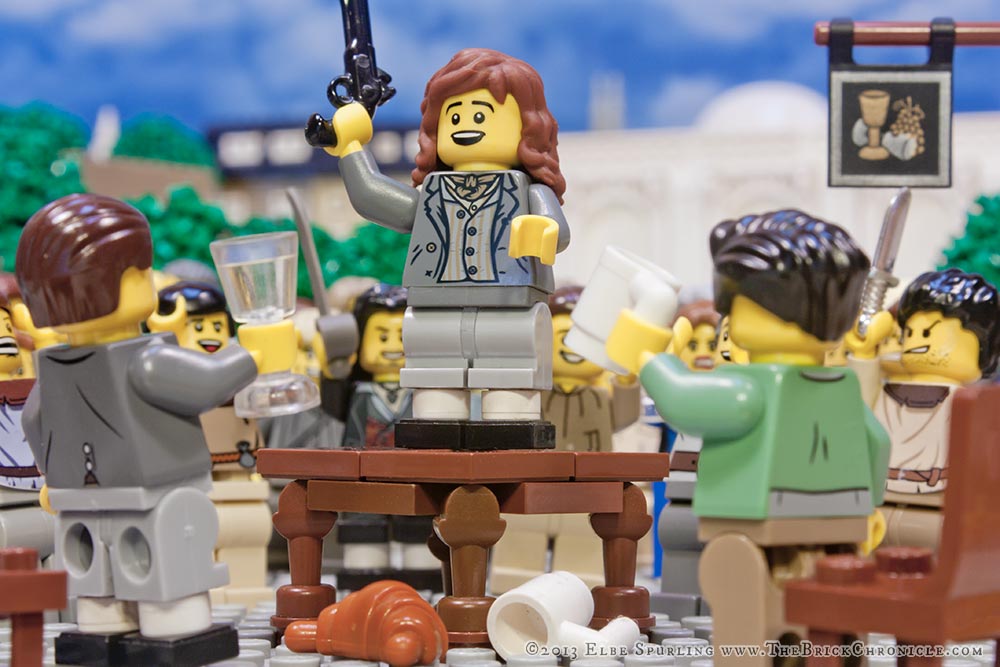
Camilles Desmoulin stands atop a table at the Cafe du Foy in Paris, and delivers an impassioned call to arms, and urges fellow revolutionaries to wear cockades by which they could recognize each other.
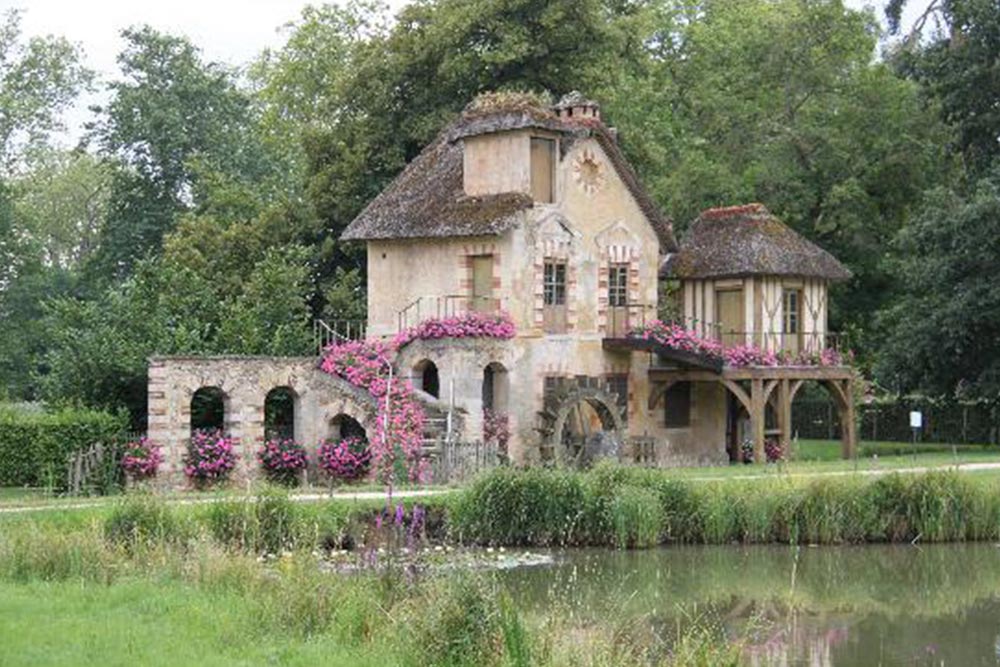
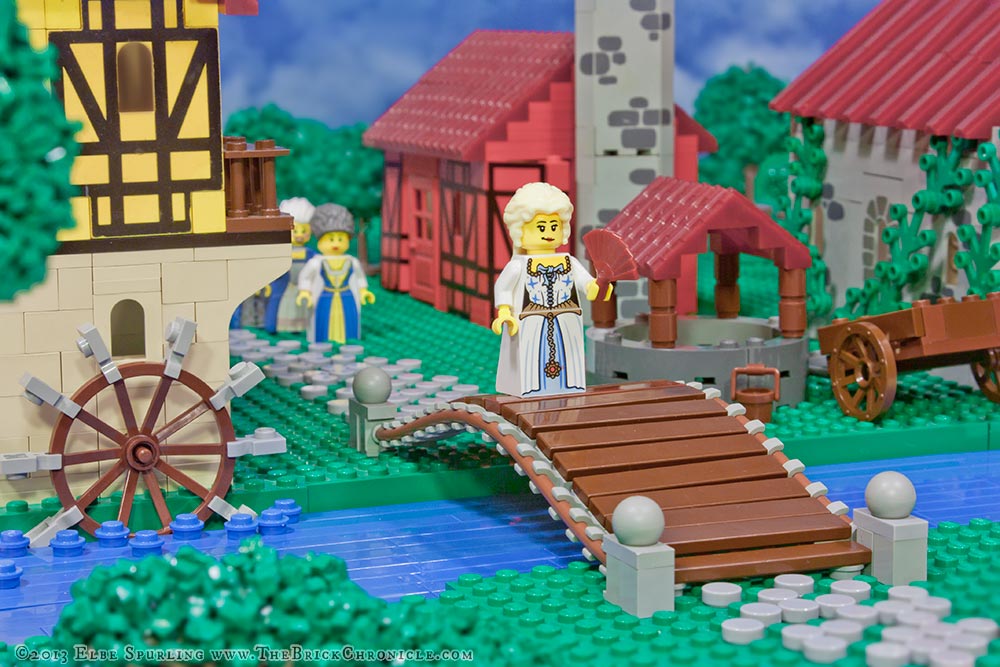
Accompanied by attendants, Queen Marie Antoinette enjoys a stroll through her mock peasant village on the grounds of the royal palace at Versailles.
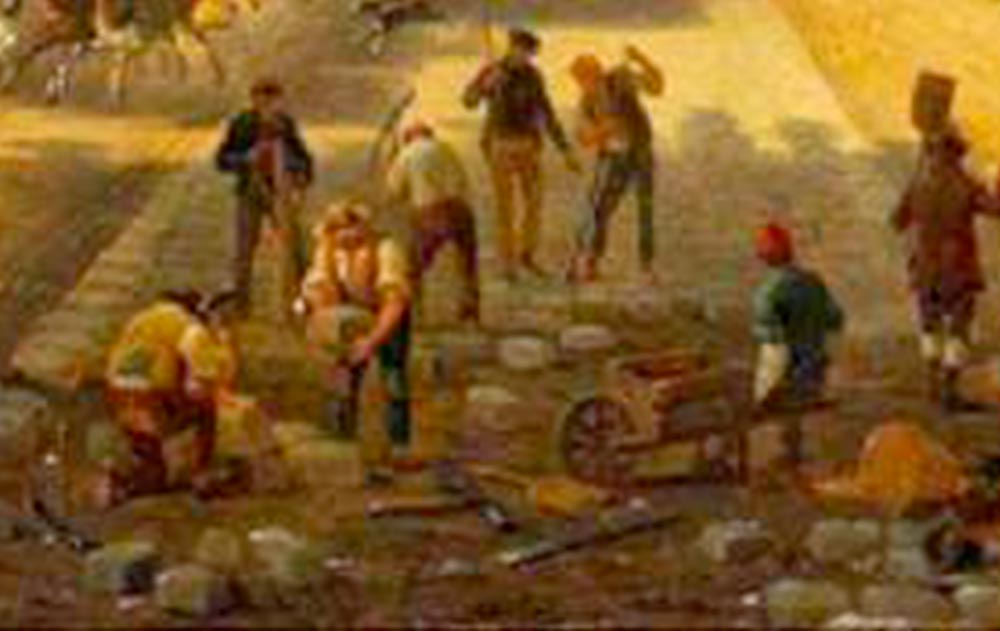
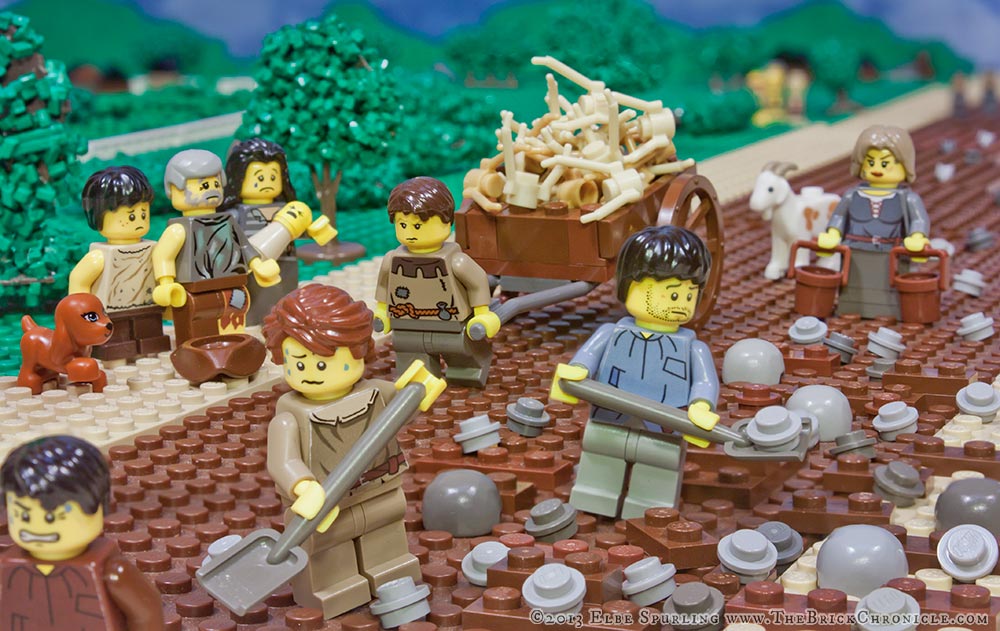
Under the monarchy, not only was the rate of extreme poverty 40%, but all males were subject to the corvée, compulsory unpaid labor that could take them away from their jobs for weeks at a time.
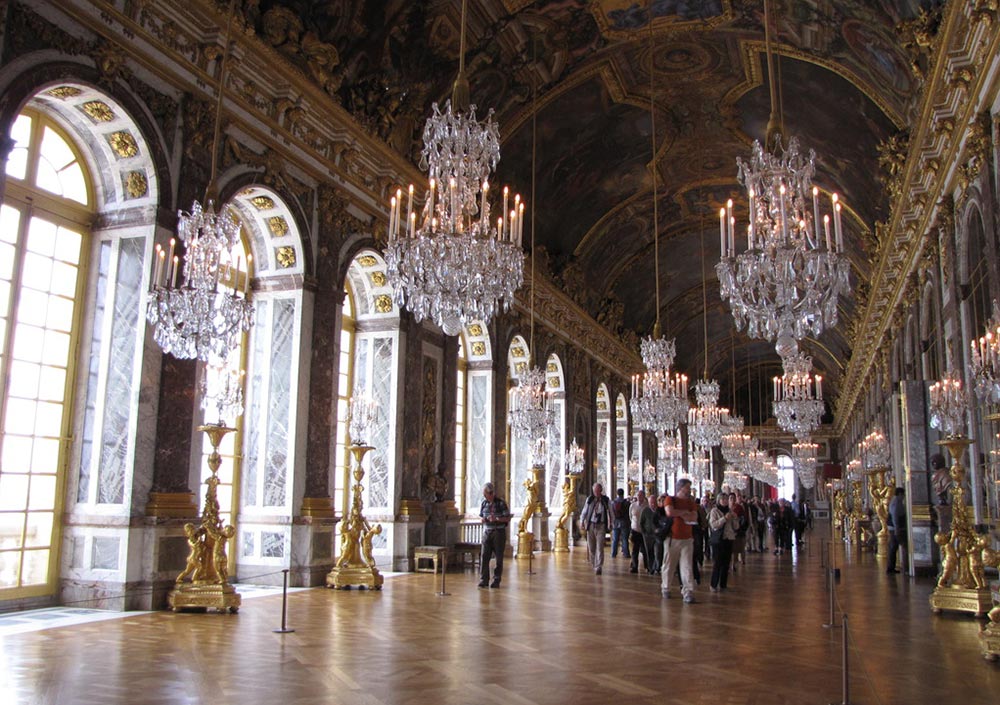
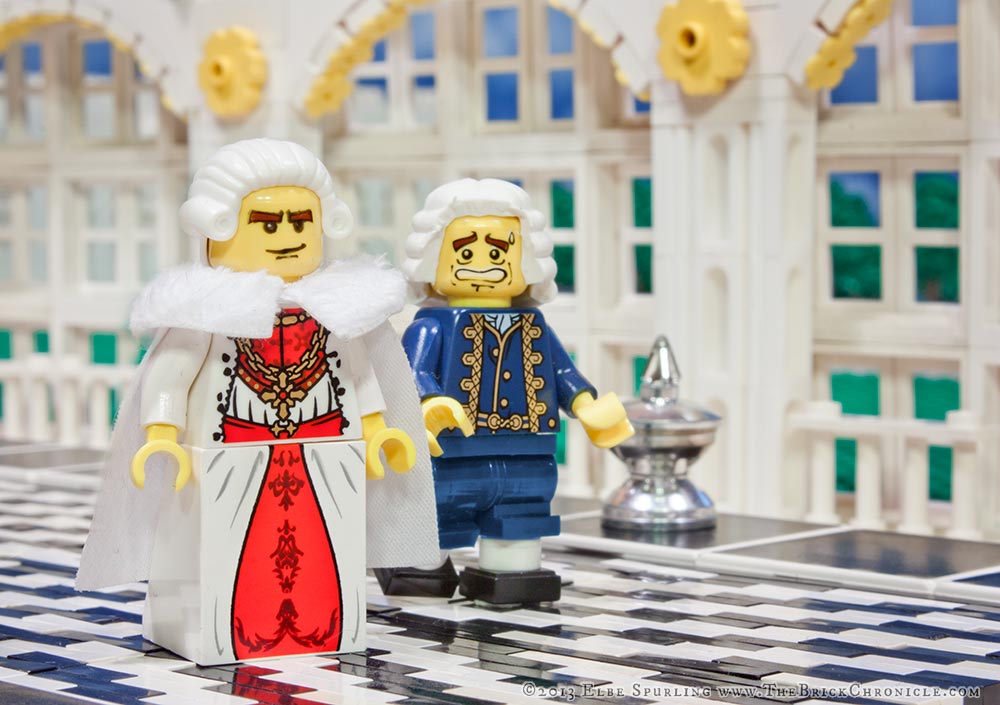
Versailles became the monarchy’s principal royal palace starting in 1682 when Louis XVI’s grandfather moved his family out of Paris and renovated what was once a simple hunting lodge into Europe’s premiere royal residence.
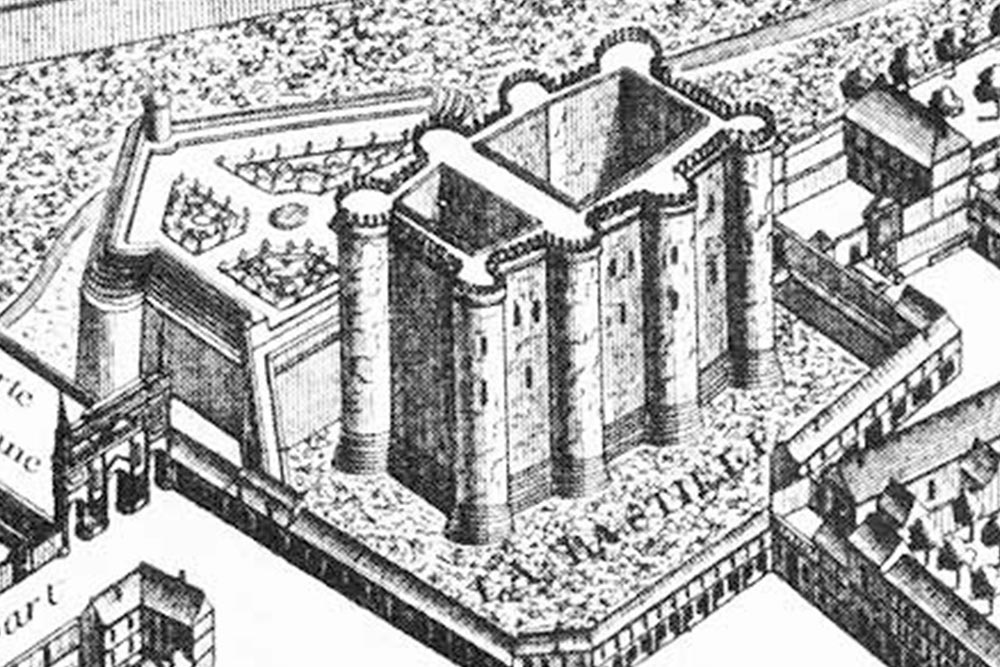
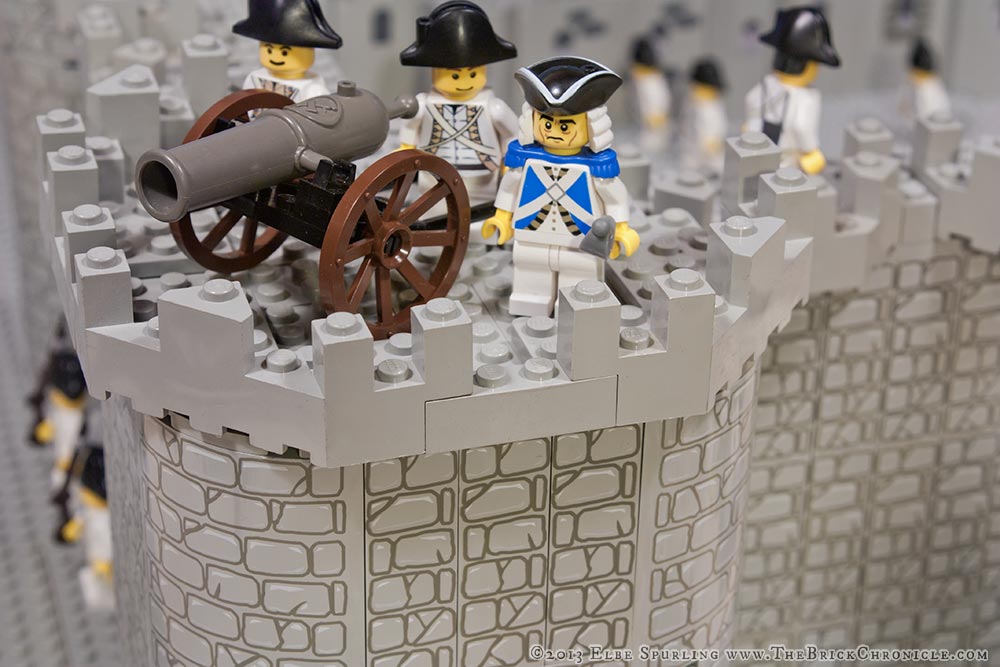
The Bastille was built to defend Paris, but later used to imprison political dissidents. It was stormed by revolutionaries on July 14, 1789, not to free its mere 7 prisoners, but to acquire its massive store of gun powder.
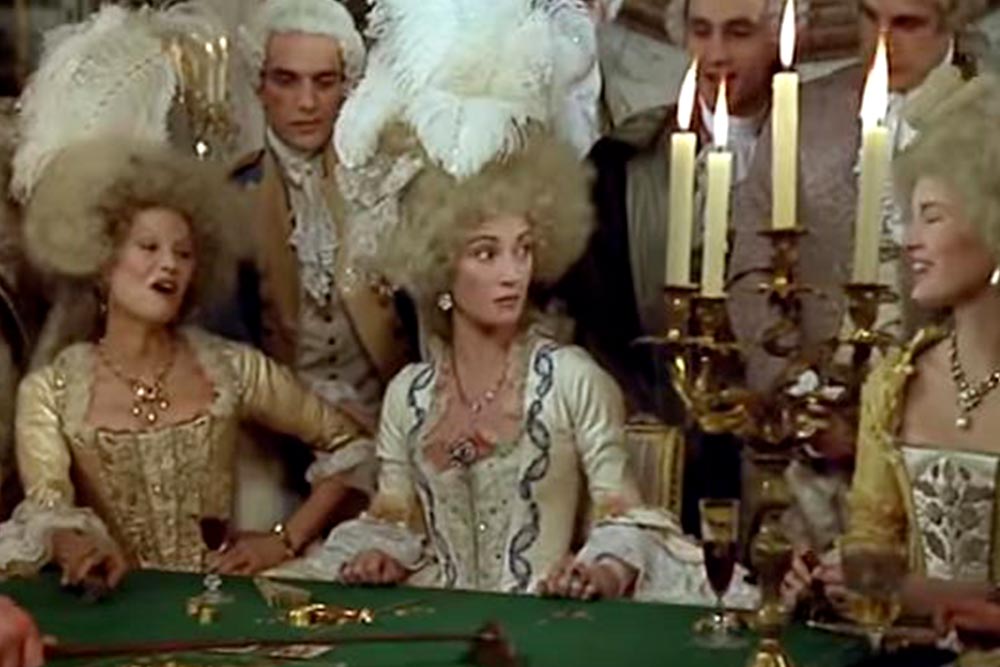
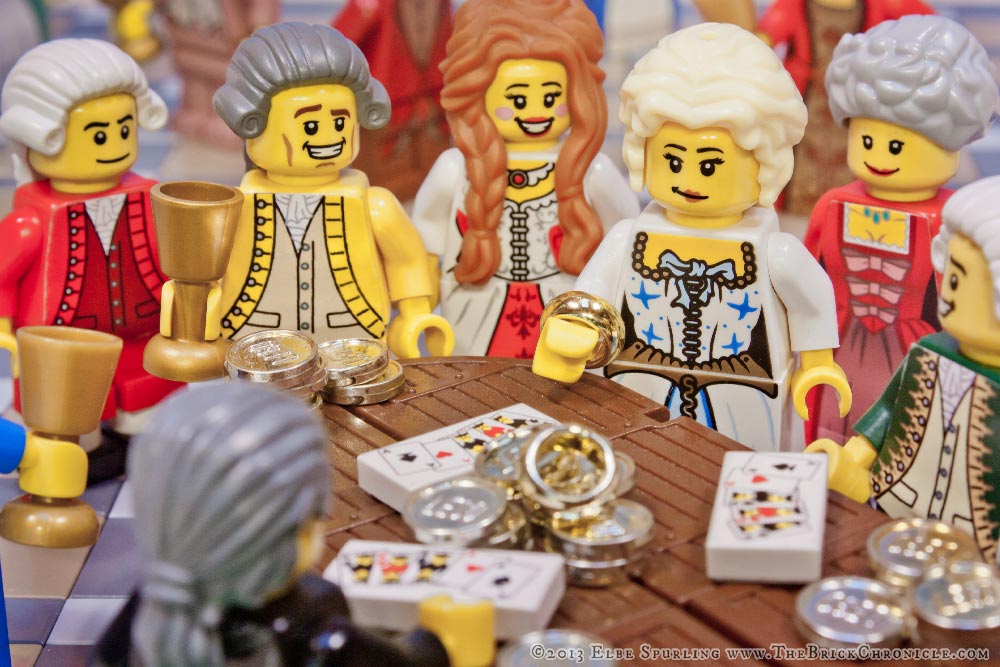
Though the Austrian-born Queen was initially well-received by the people, her penchant for gambling and spending heavily on fashion and luxuries, came to be disdained amid the countries’ severe famine and financial crises.
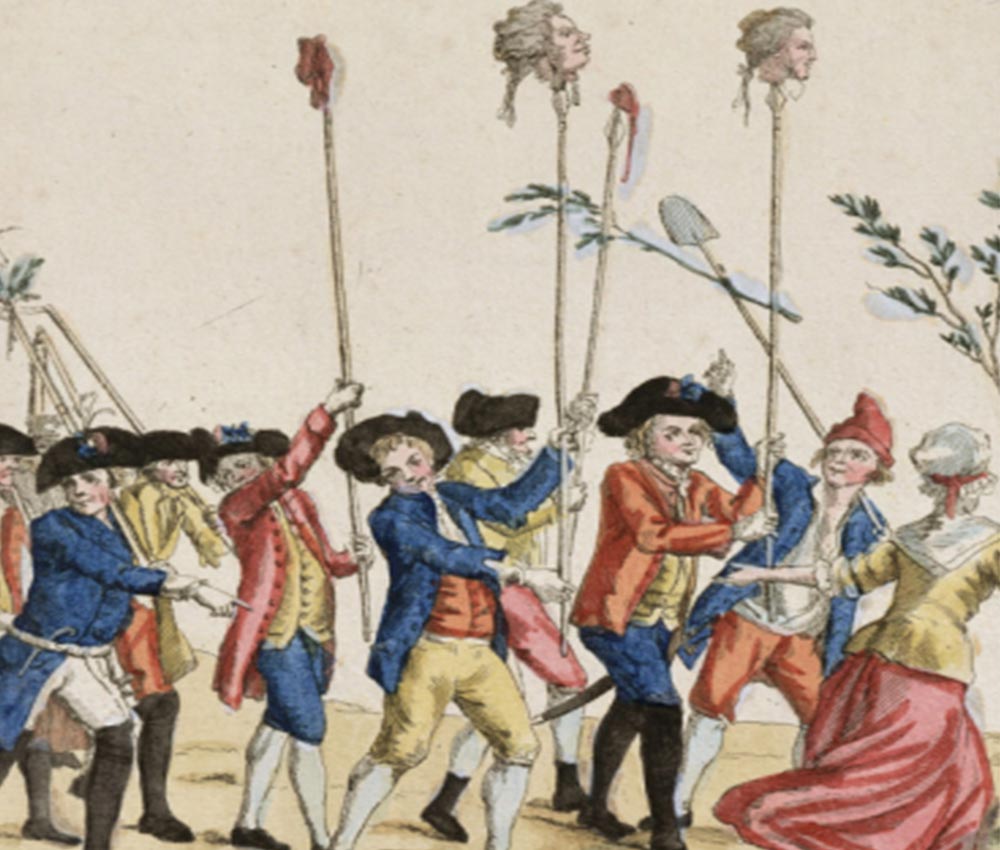
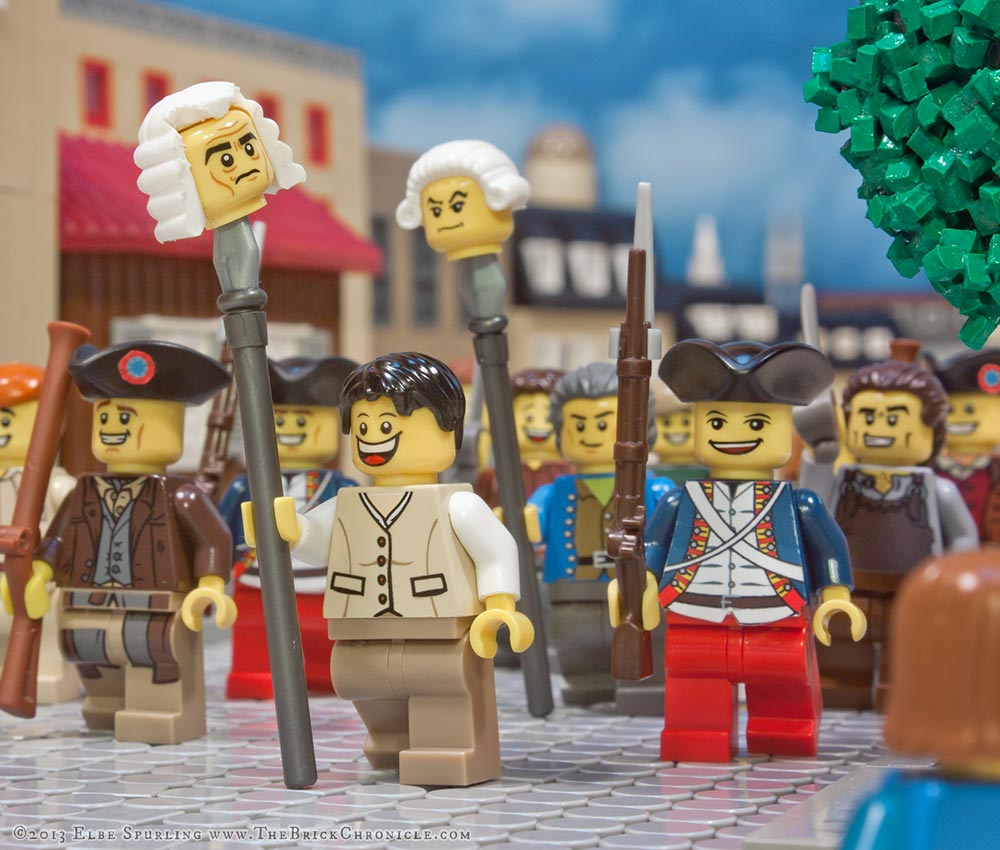
Revolutionaries parade through the streets of Paris, jubilantly holding aloft the severed heads of Bastille commander Bernard-René de Launay, and Paris mayor Jacques de Flesselles.
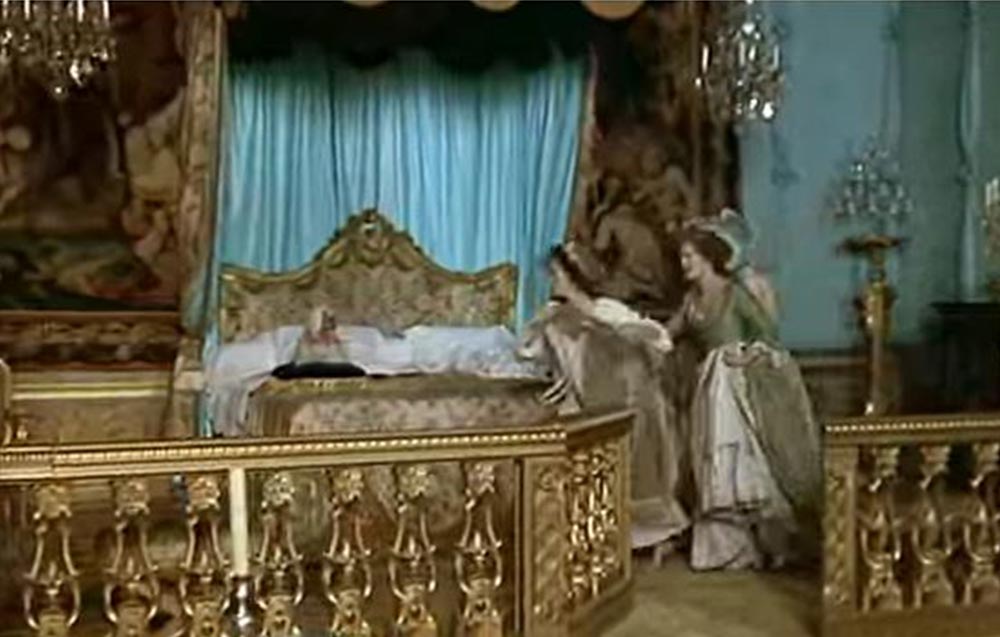
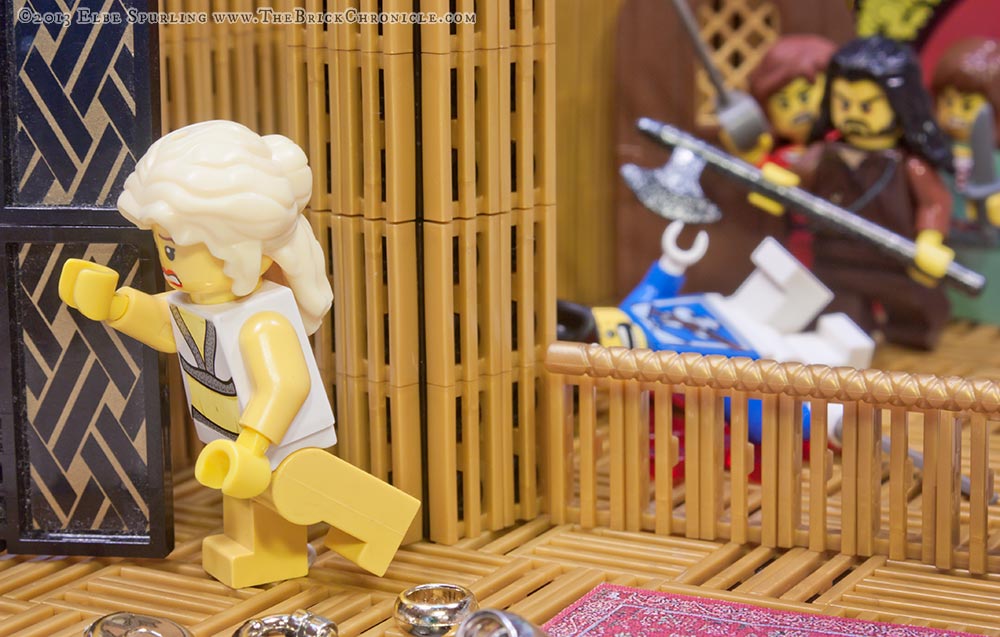
Queen Marie Antoinette narrowly escapes death as the palace is stormed by the more violent elements at the Women’s March on Versailles, slipping out through a secret door hidden behind a bookcase.
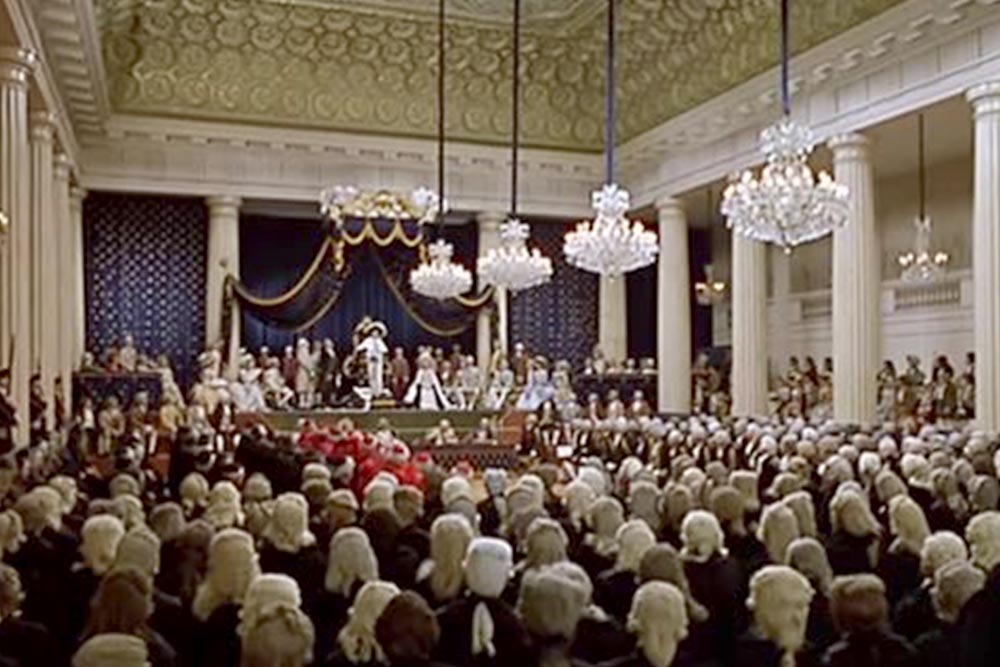
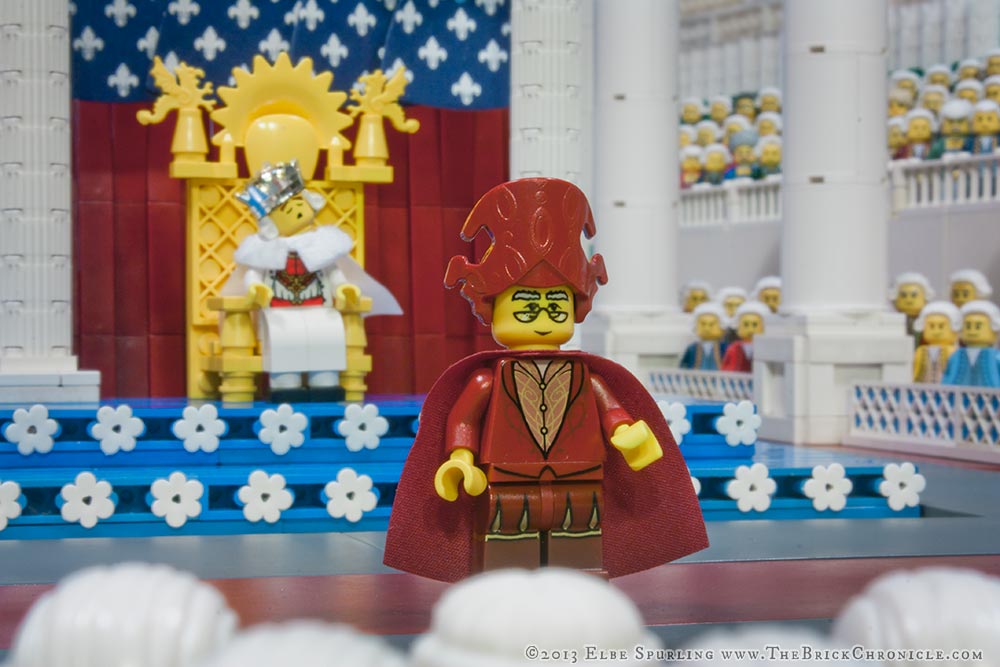
Facing an dire financial crisis, France’s nobility, clergy, and commoners were called to an emergency meeting of the Estates-General which had last been convened 150 years earlier. At its first session, the King nodded off.
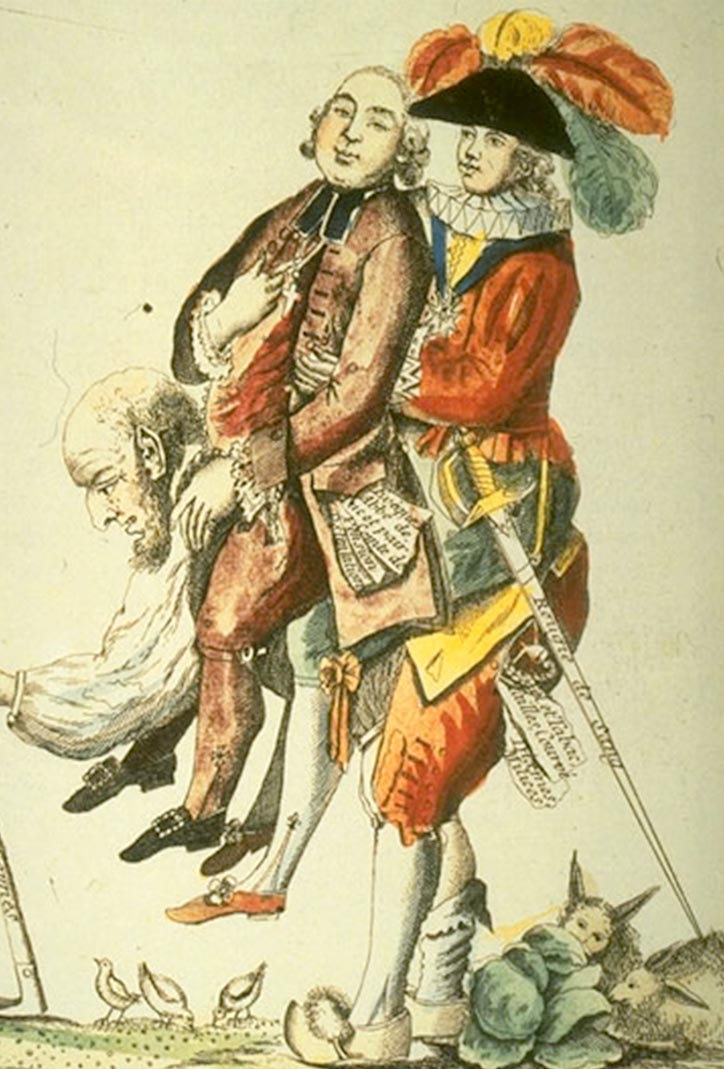
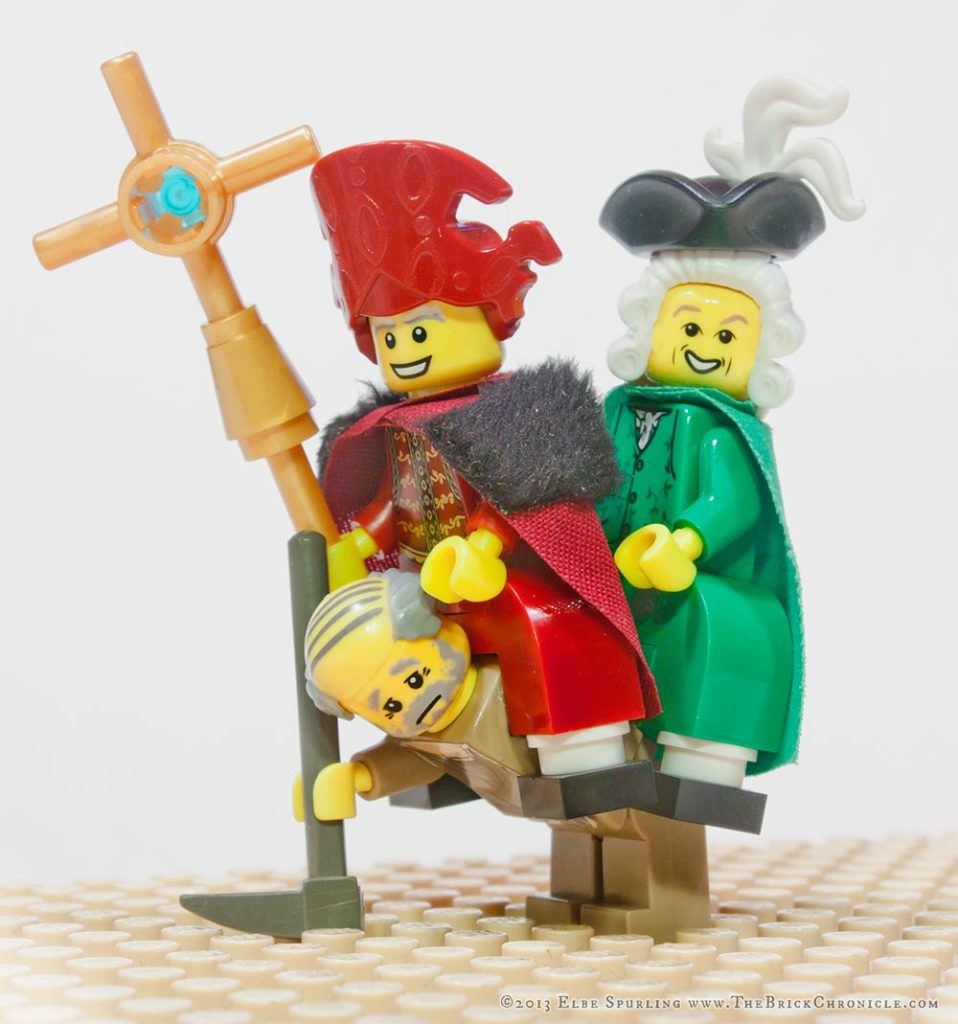
Popular political cartoon showing the relative positions of France’s three “estates” or social classes: the Nobility and the Clergy sit atop the back of the common man.
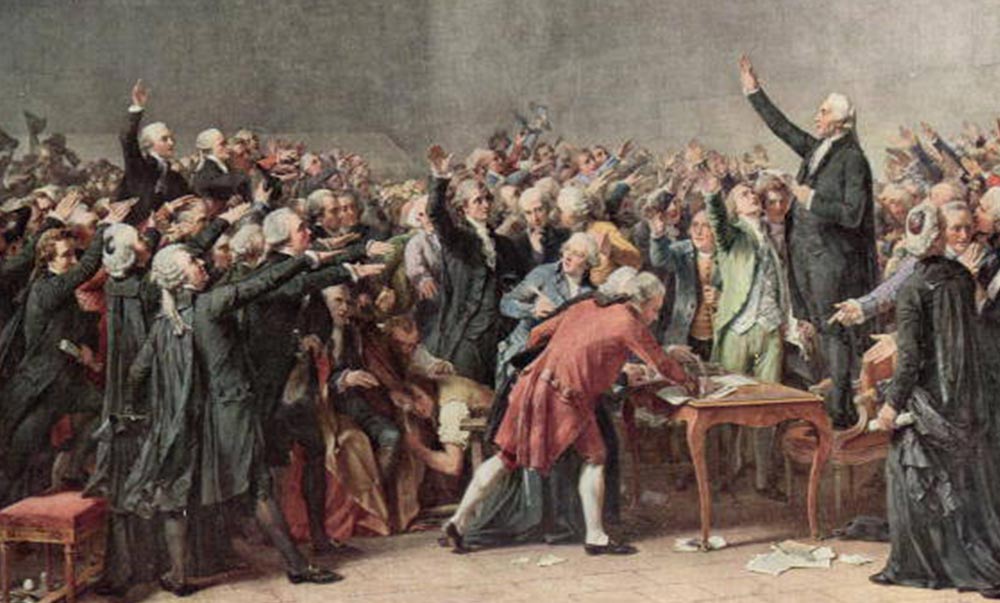
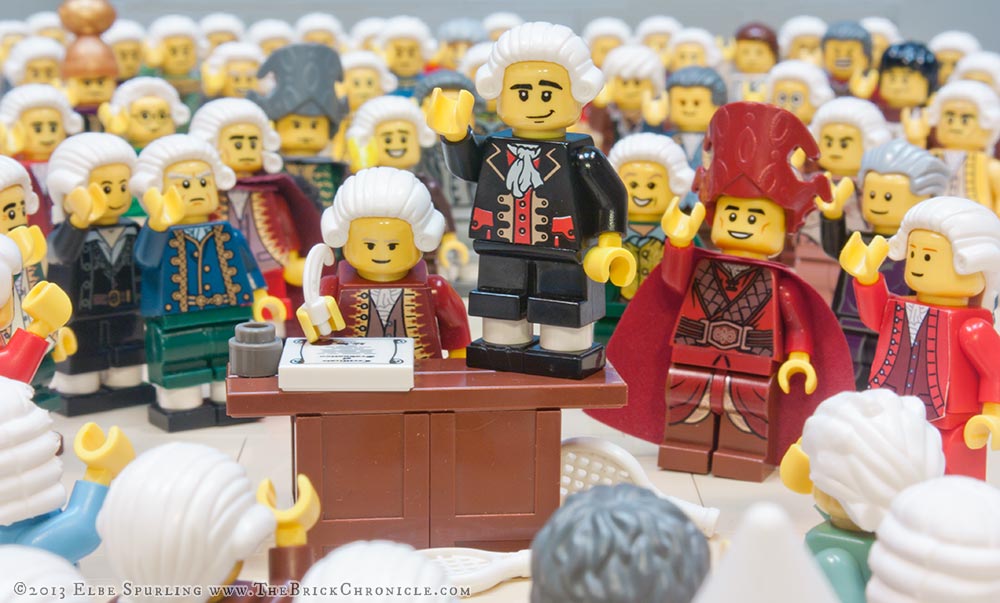
Convening in a nearby indoor tennis court at Versailles after finding themselves locked out of the Estates-General, representatives of the common classes declare themselves France’s acting legislature, and vow to write a constitution.
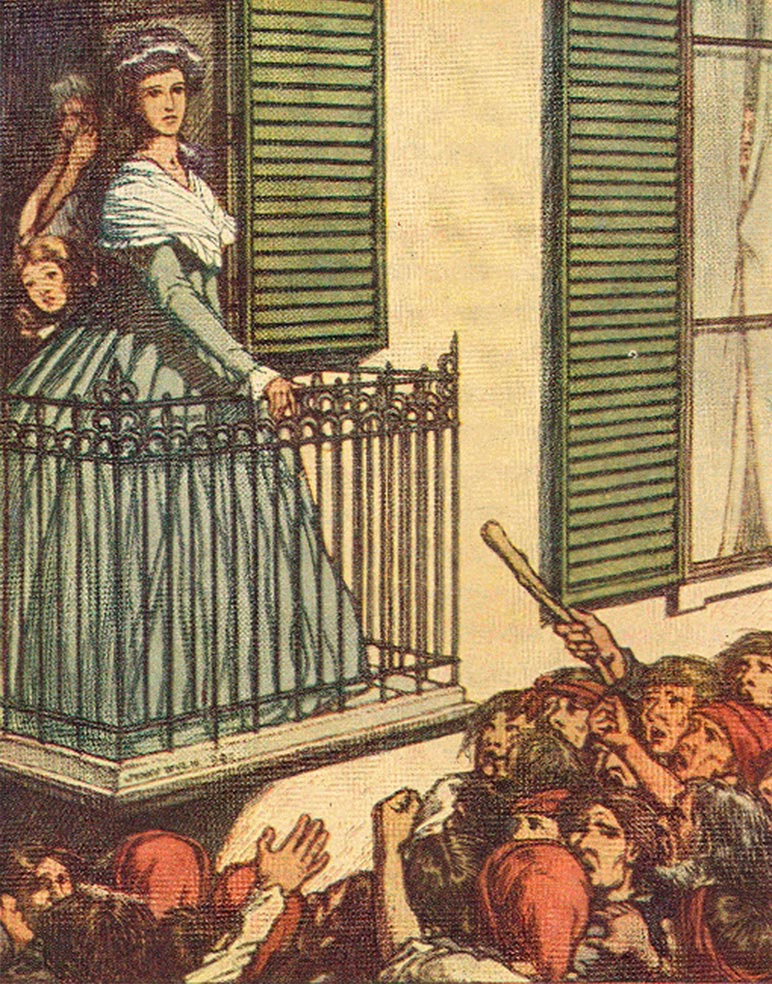
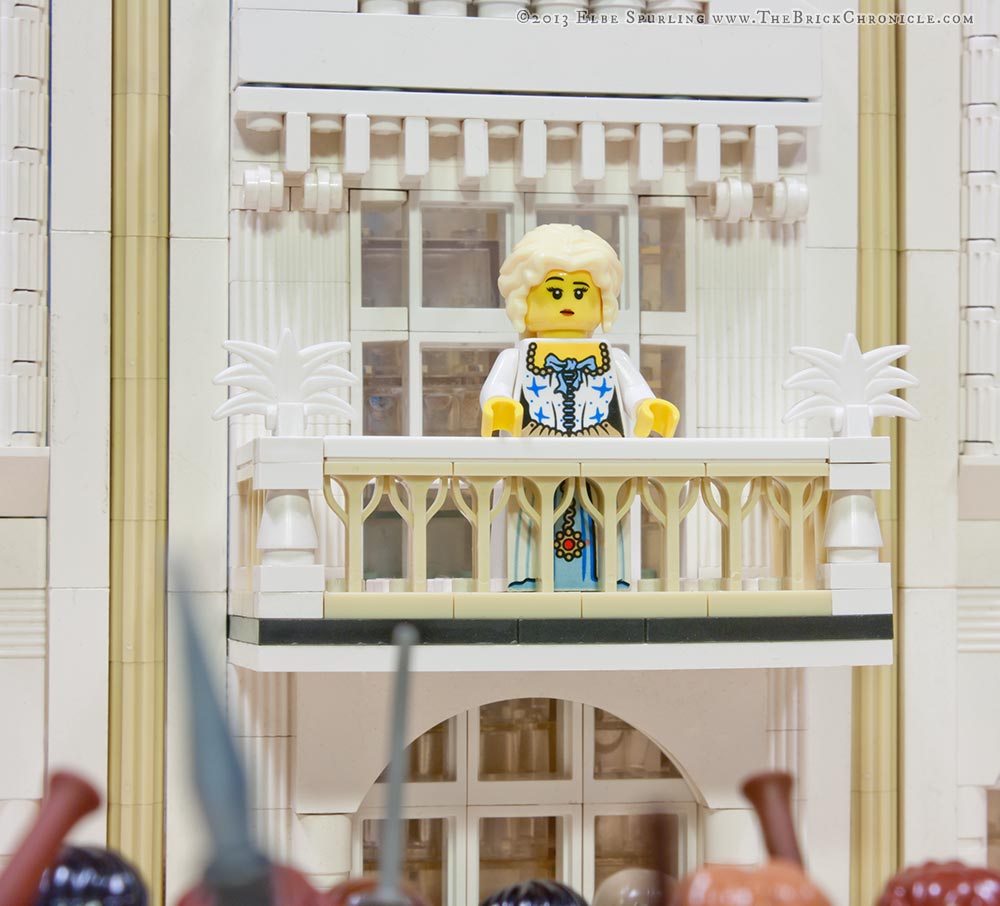
Queen Marie Antoinette, against the wishes of the King, steps onto a balcony at Versailles to face down the angry, armed mob, showing enough courage and winning enough sympathy to save the lives of her family.
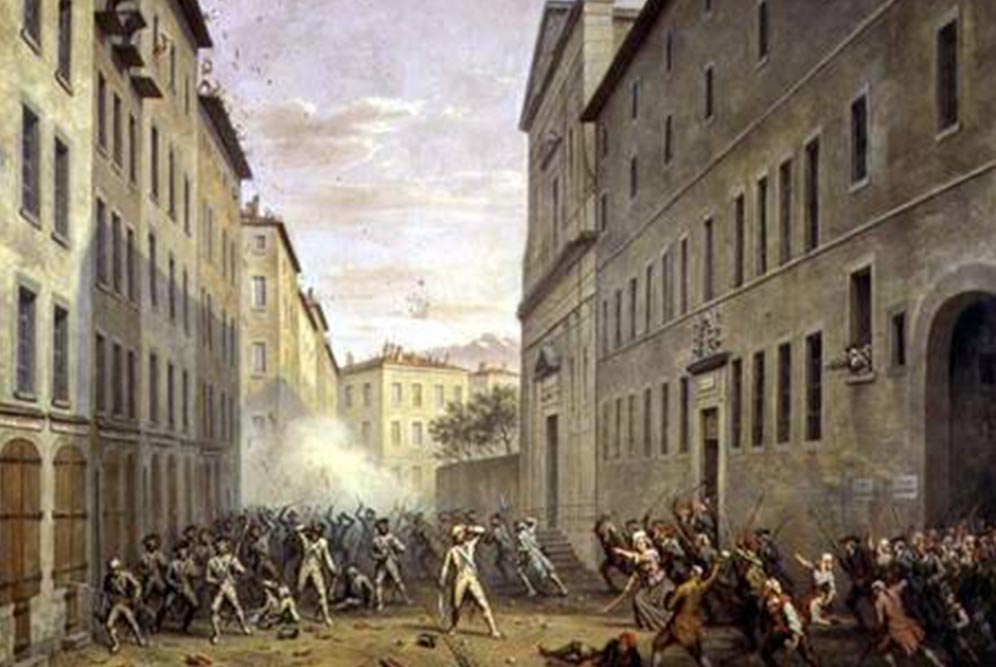
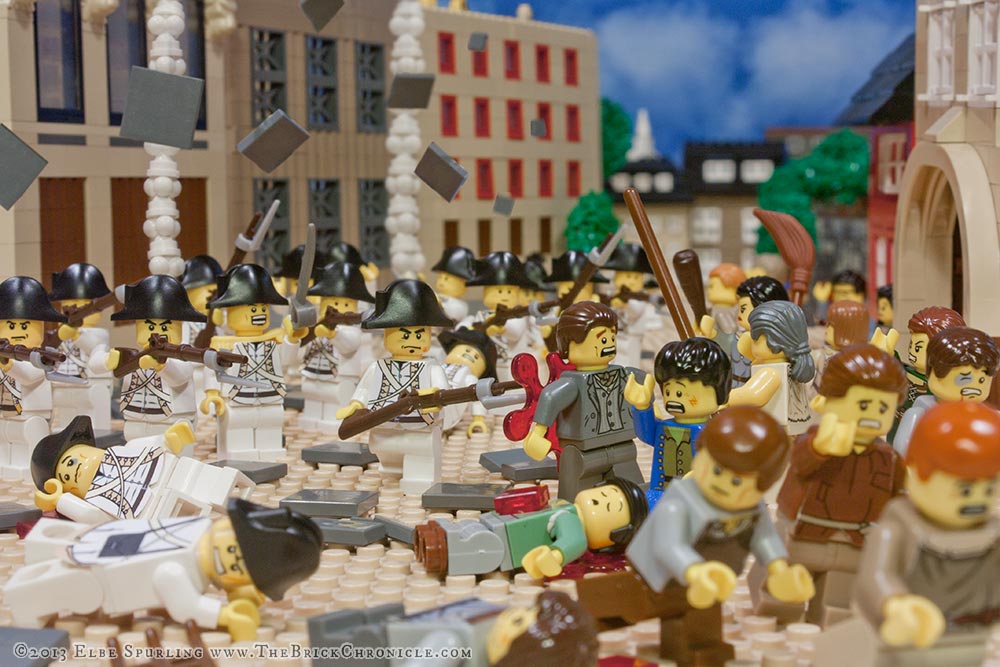
The “Day of Tiles” in Grenoble saw the Revolution’s first use of state force against citizens. As royal troops fired on and bayonetted poorly-armed protesters, citizens took to the rooftops to barrage the King’s forces with roofing tiles.
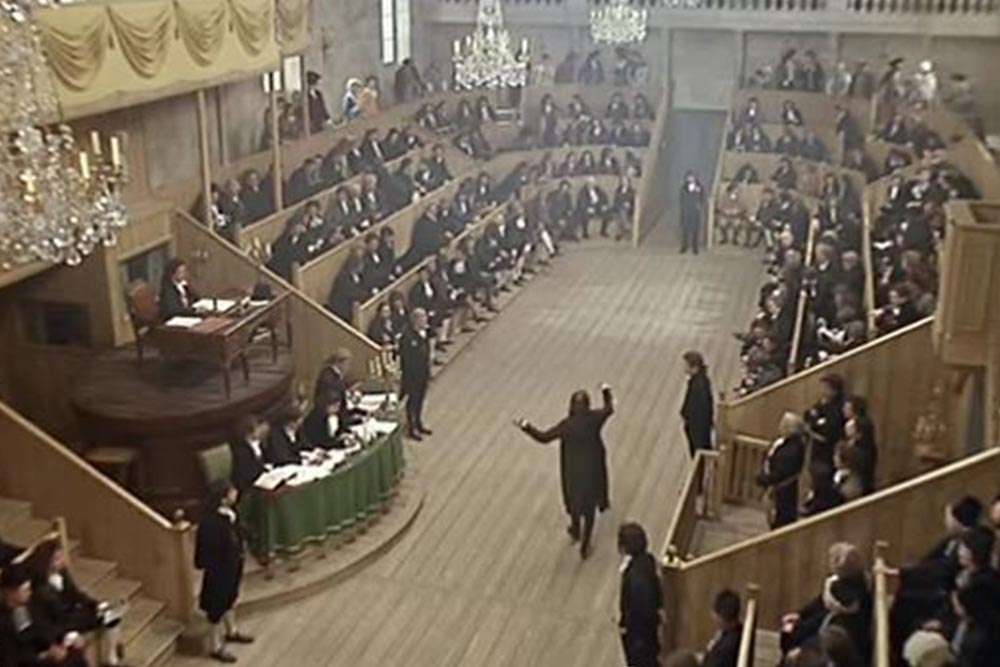
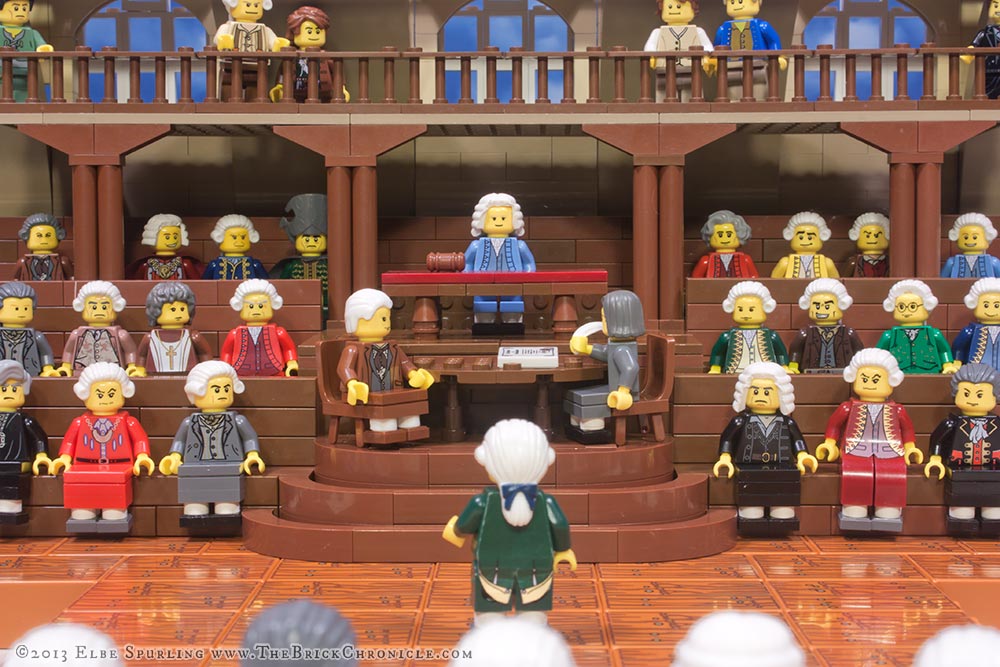
In late 1789, The National Assembly convened at Salle du Manège along the Seine, a former indoor horse riding academy. This democratically elected legislative body would become the revolutionary government of France.
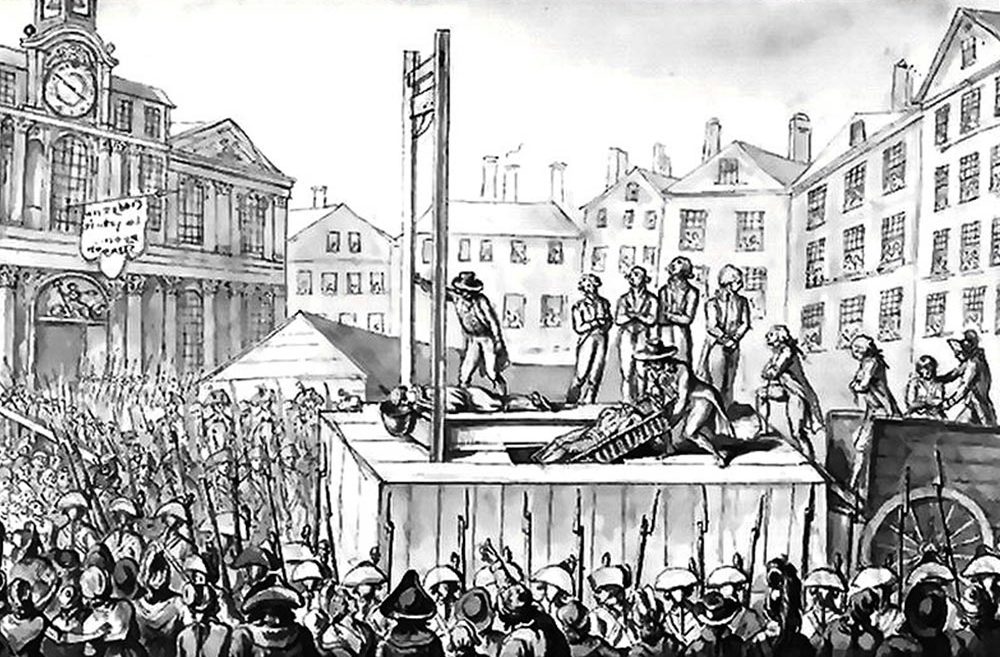
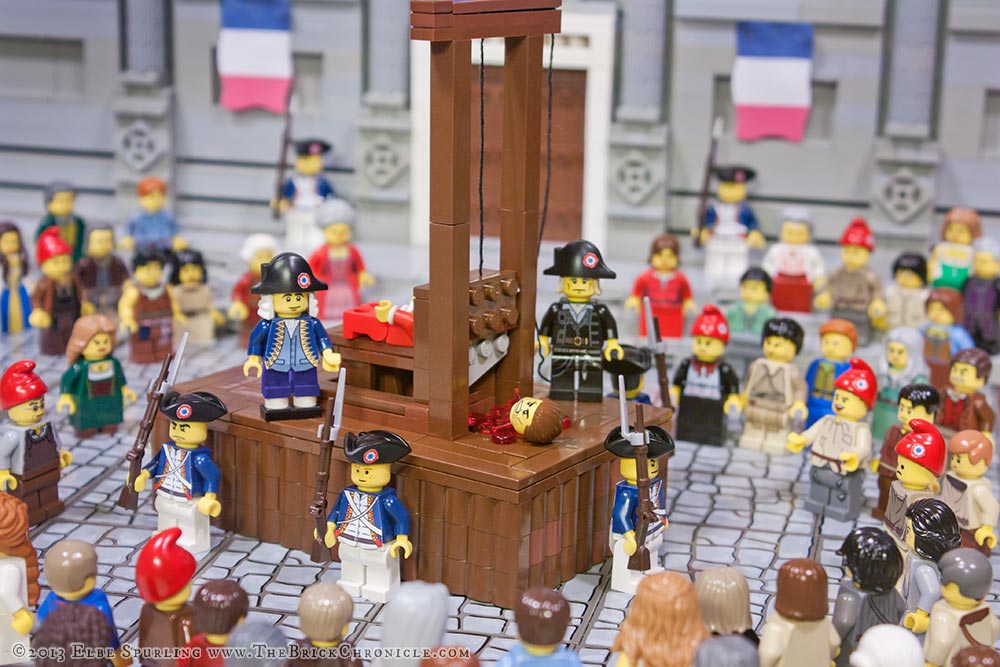
While its nightmarishly frequent use during the Revolution has given it a gruesome reputation, the guillotine was invented specifically to make capital punishment less painful to the victim than any previous method known.
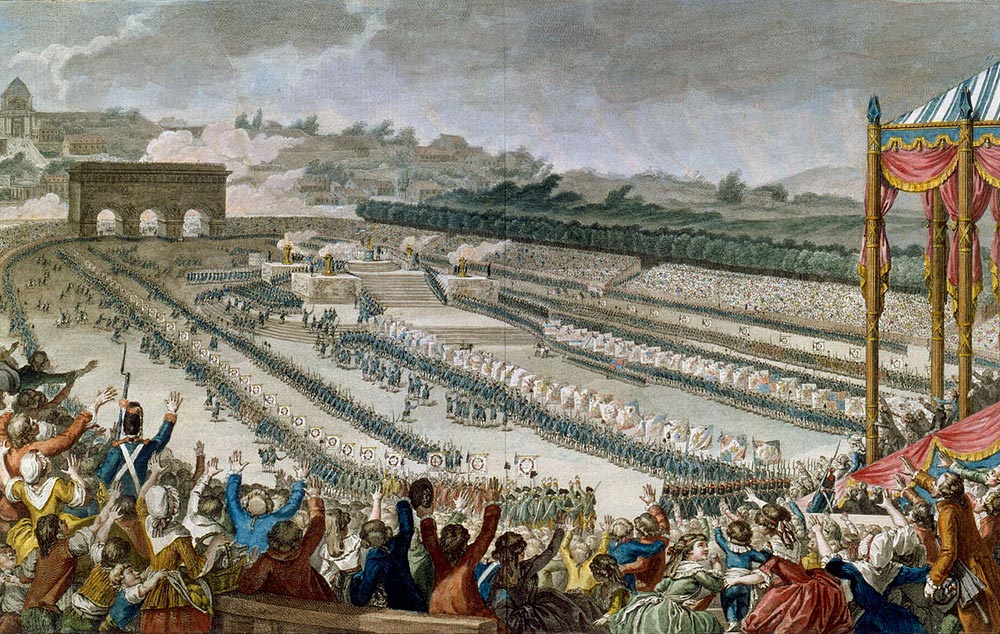
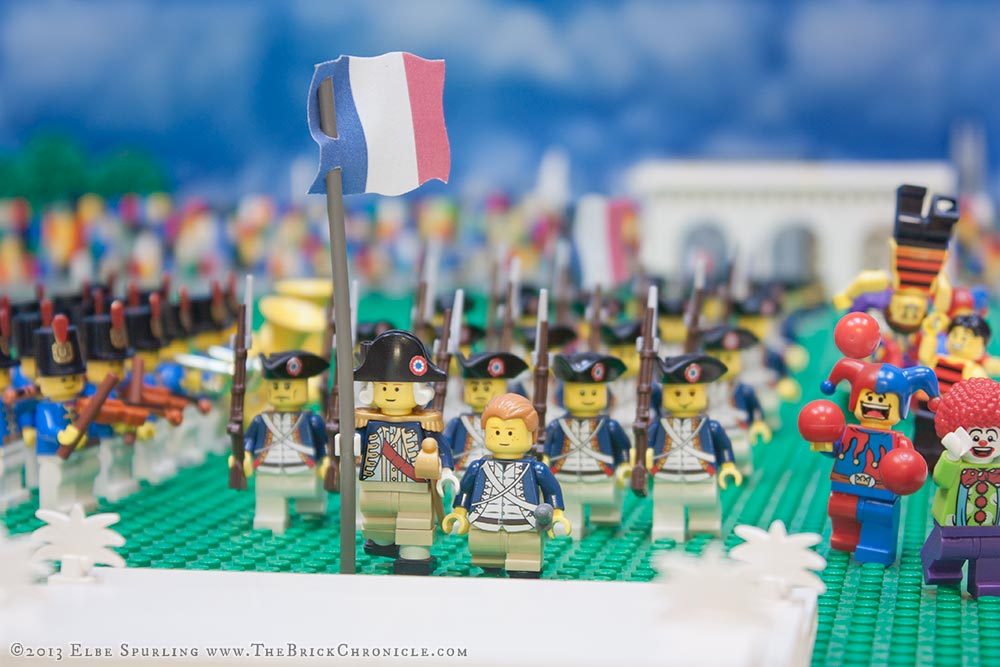
Lafayette lead the grand procession at the Fête de la Fédération, held on the first anniversary of the storming of the Bastille. A jubilant atmosphere prevailed, as it seemed as though the nation’s political upheaval had resolved.
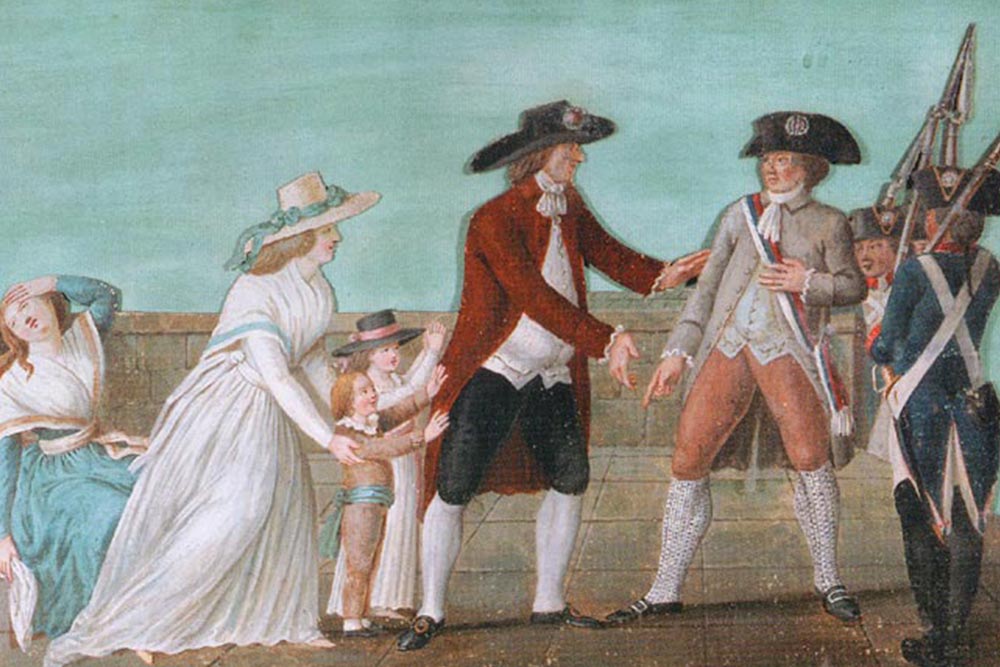
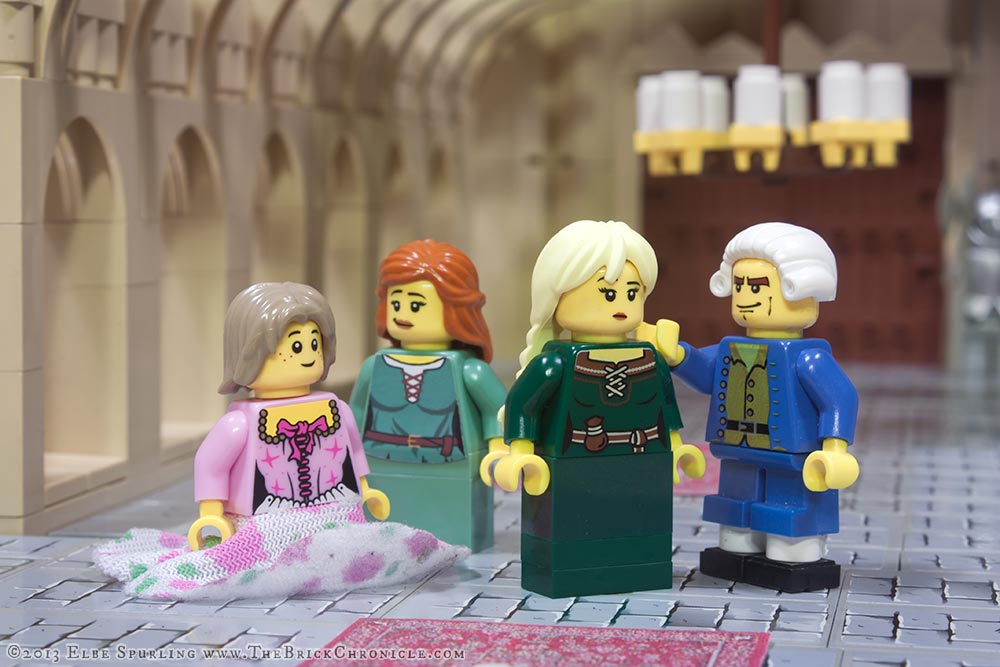
The royal family in disguise as commoners, preparing to make their escape from their confinement in Paris. The future Louis XVII is dressed as a little girl.
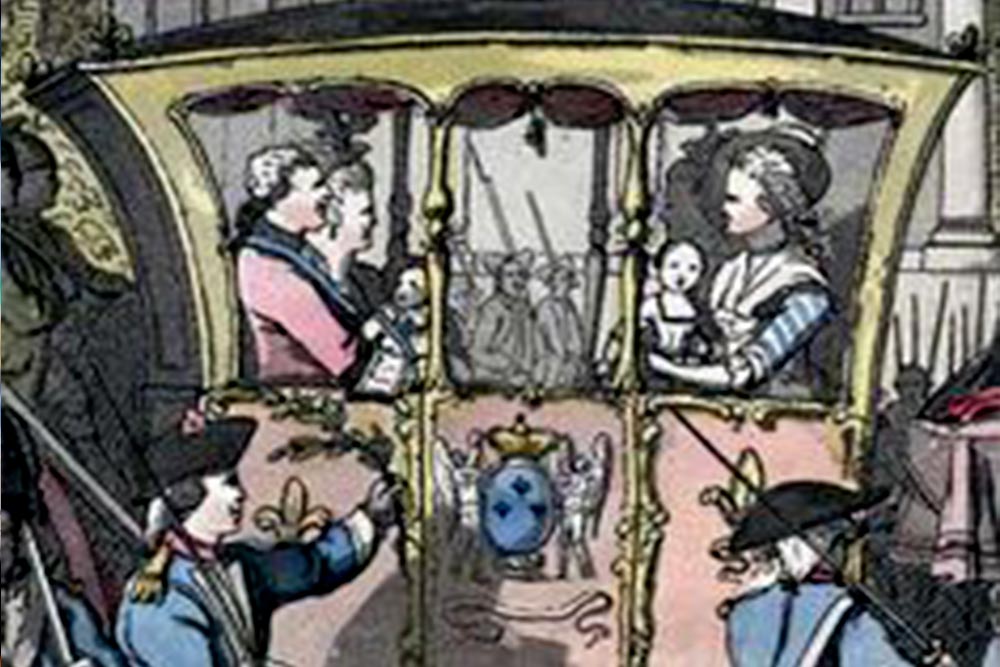
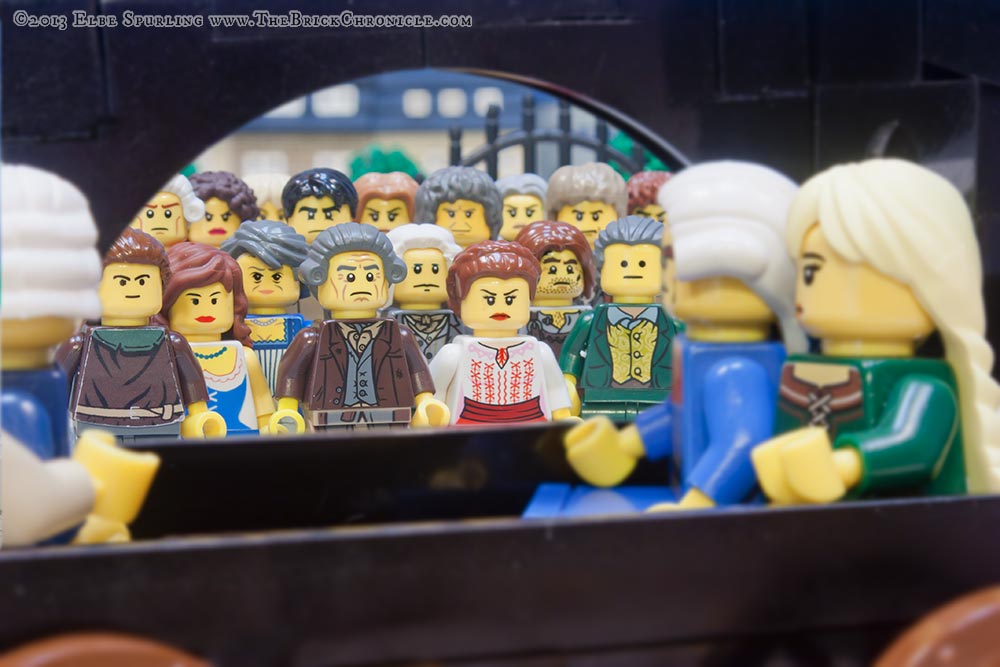
The Flight to Varennes, Louis XVI’s attempt to escape into Austria where his allies would form an army to crush the Revolution, ended with the royal family escorted back to Paris amidst the angered but eerily silent masses.
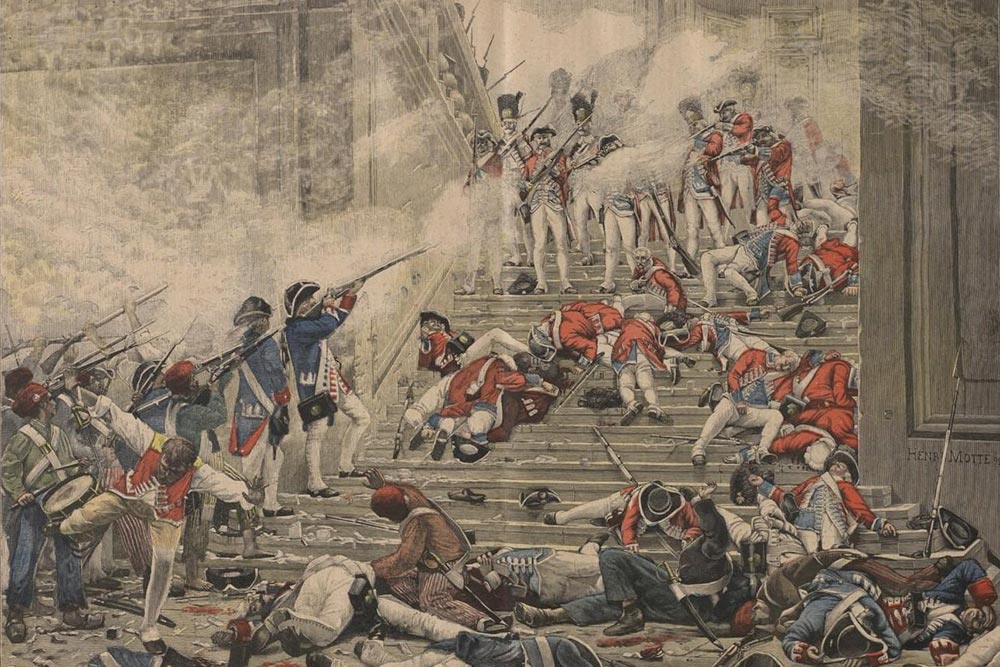
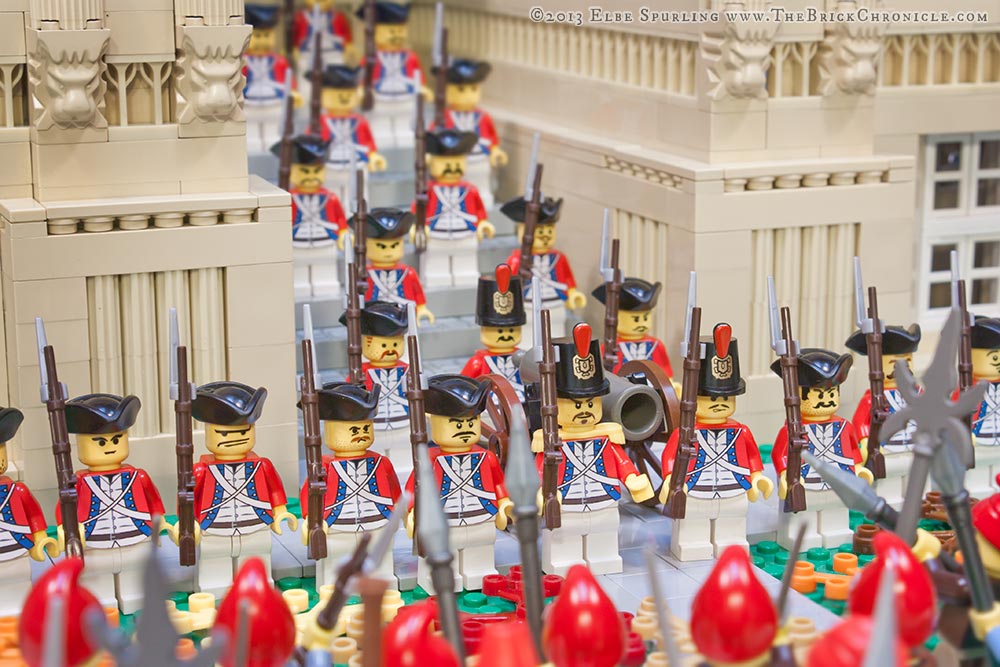
Louis XVI’s personal guard of 950 Swiss mercenaries make a last stand to protect the royal family inside the Tuileries Palace.
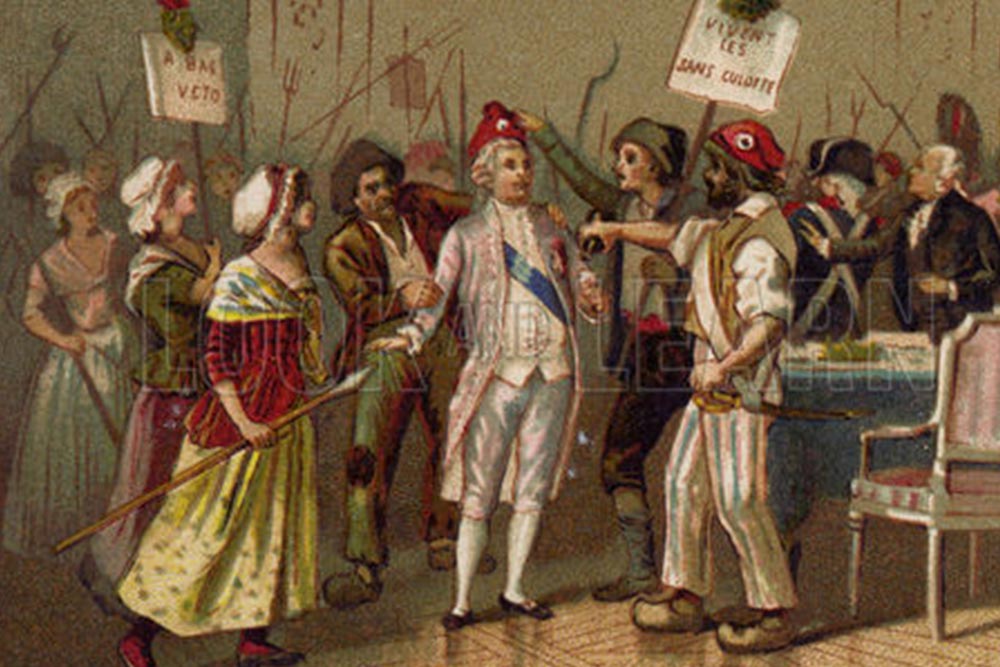
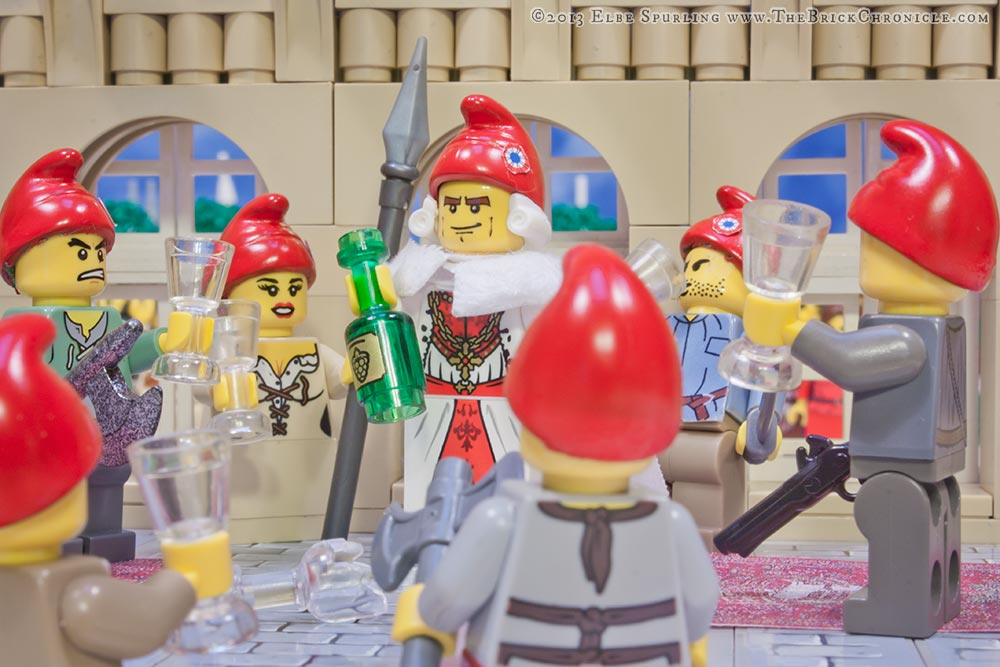
With his palace stormed, no way to escape, and surrounded by an armed mob, Louis XVI improvises to save his life, donning a revolutionary cap and inviting rioters to raid the royal winecellar so they can toast to the Republic.
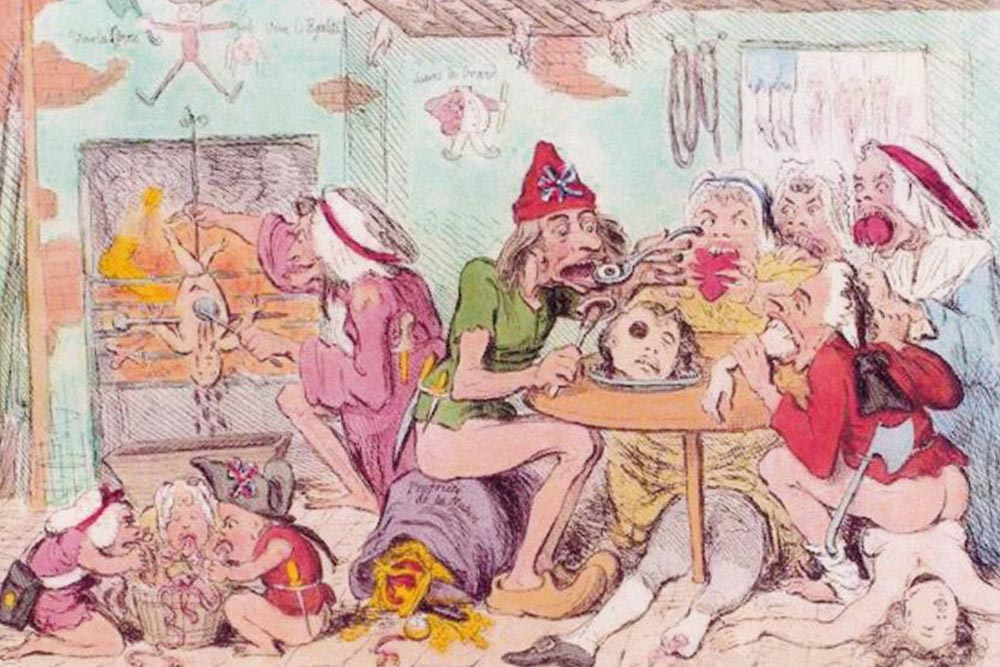
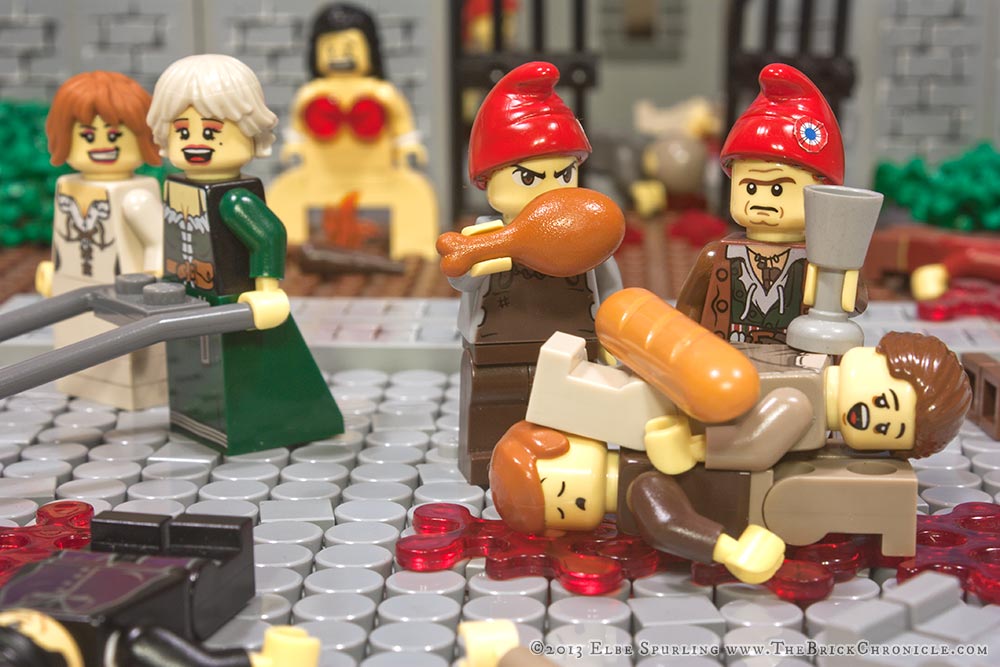
Facing an imminent invasion by foreign armies who vowed to burn Paris to the ground, an atmosphere of extreme paranoia boiled over into the wanton butchery of the September Prison Riots, with mass murders of suspected royalists in the streets.
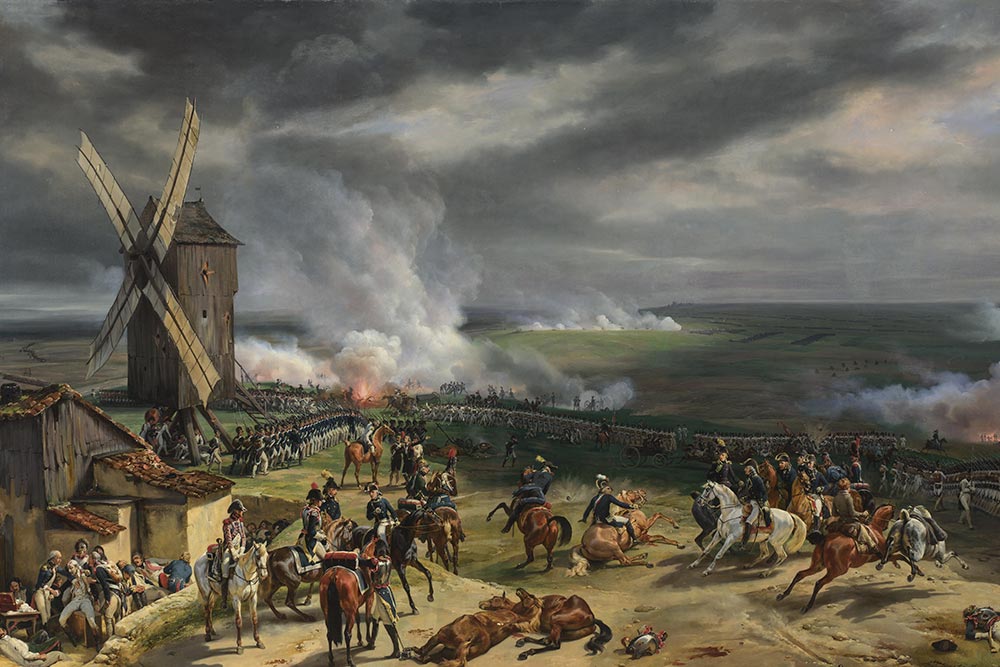
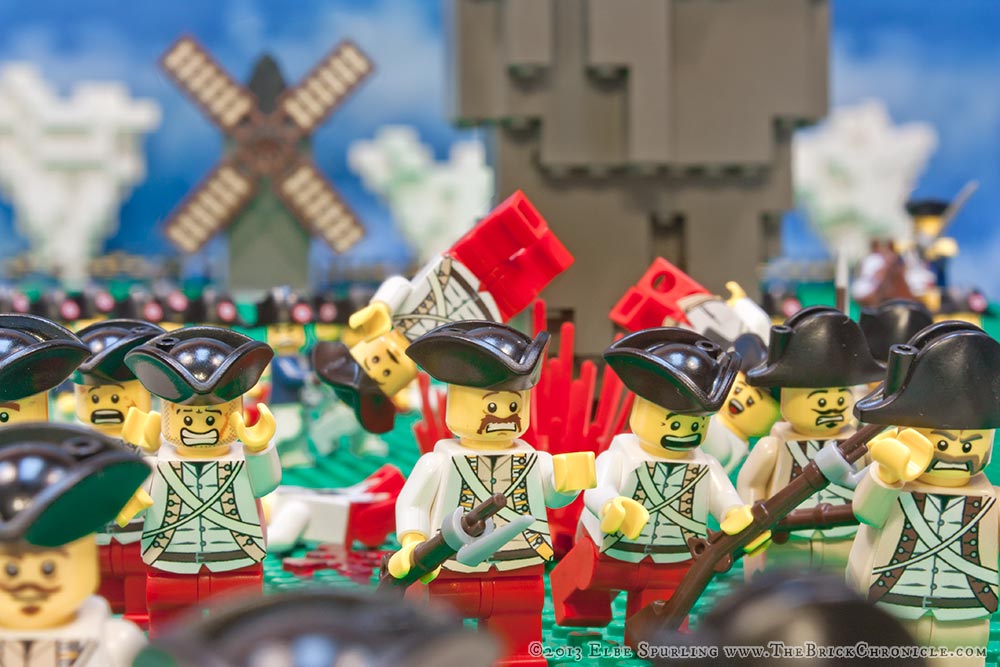
Now at war on all sides with the armies of Europe’s other monarchs—eager to prevent the revolutionary spirit from infecting their own domains—the French Revolutionary Army shocked the world with its victory at the Battle of Valmy.
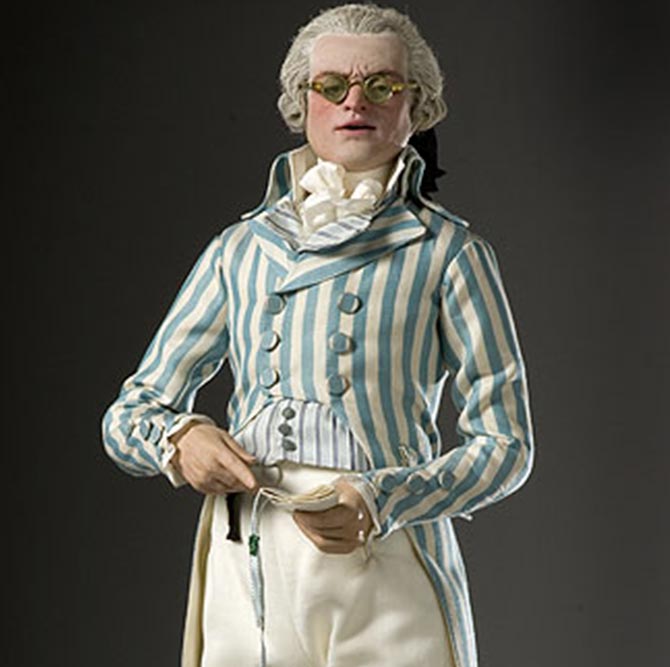
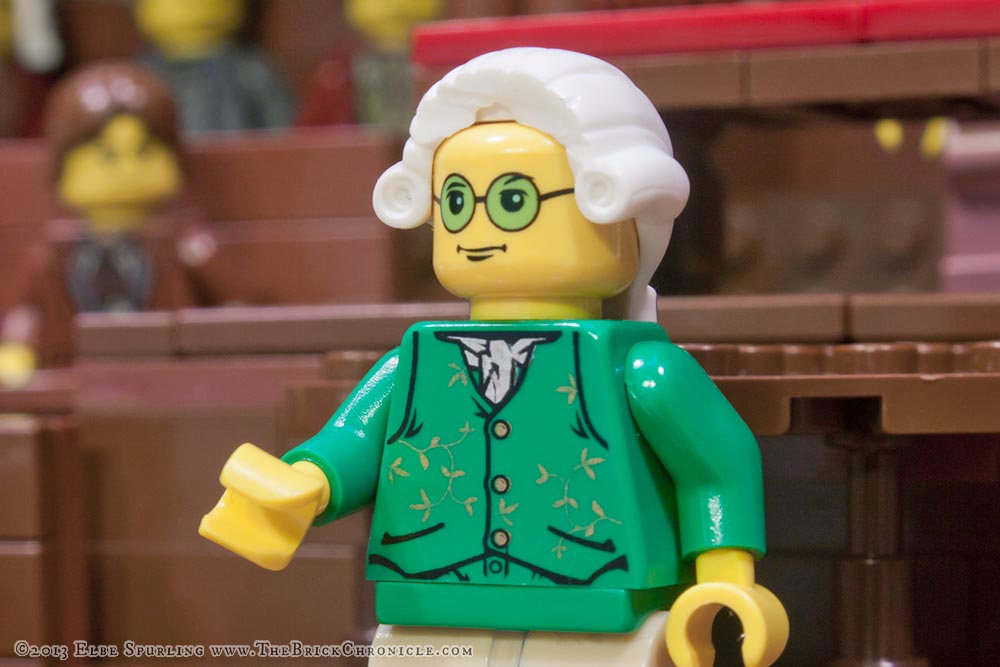
Maximilien Robespierre rose to great influence and power at the height of the Revolution. His politics called for universal (male) suffrage, equality before the law, and the abolition of both slavery and clergy.
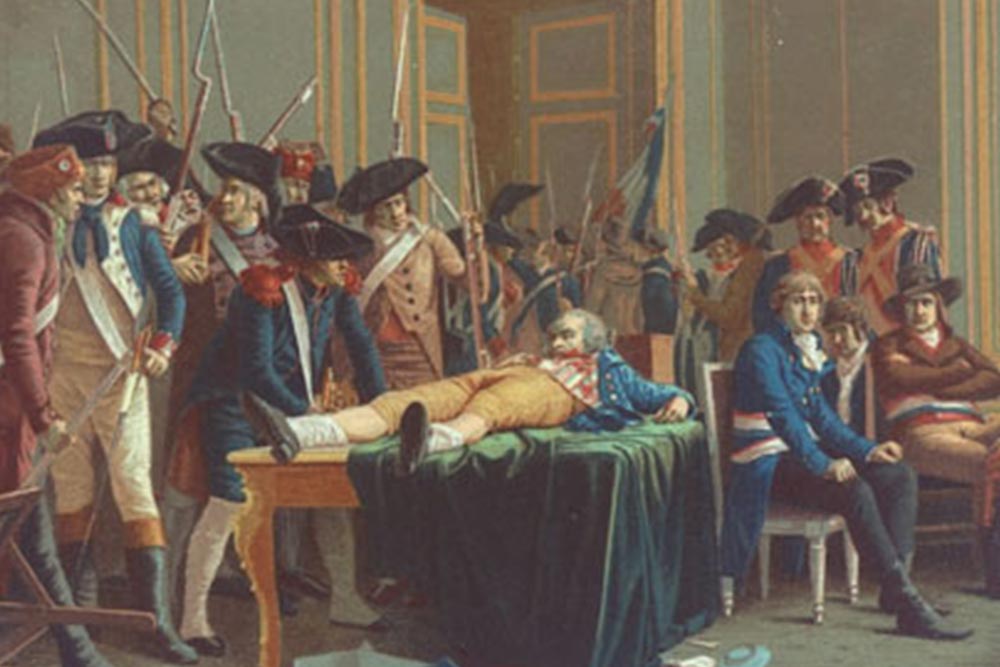
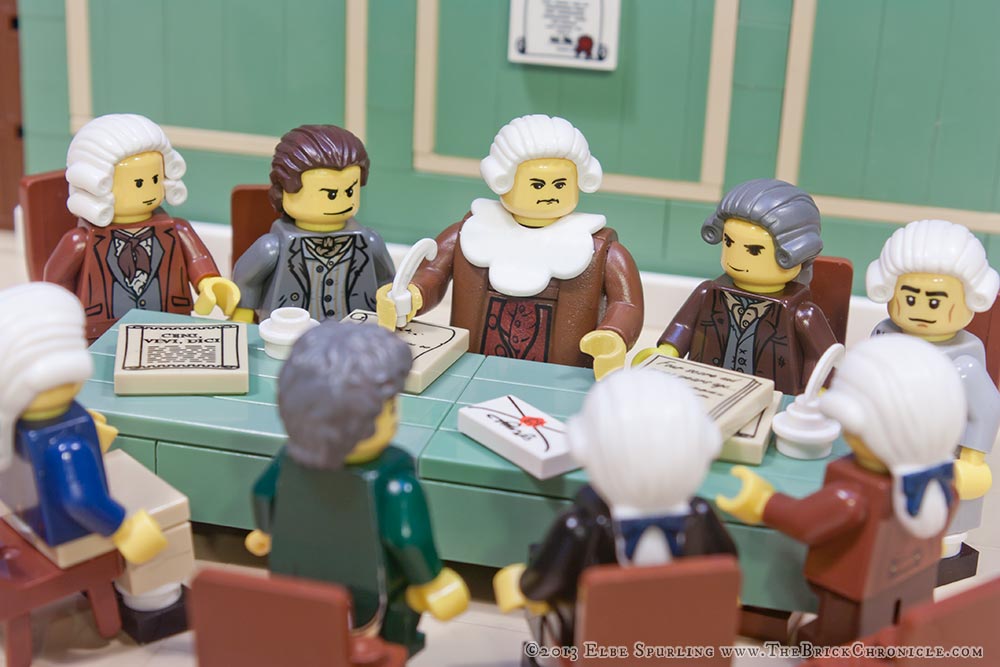
The Reign of Terror, a one-year span in which 17,000 were executed on the least suspicion of insufficient Revolutionary zeal, was largely run by the National Assembly’s 9-man council known as The Committee of Public Safety.
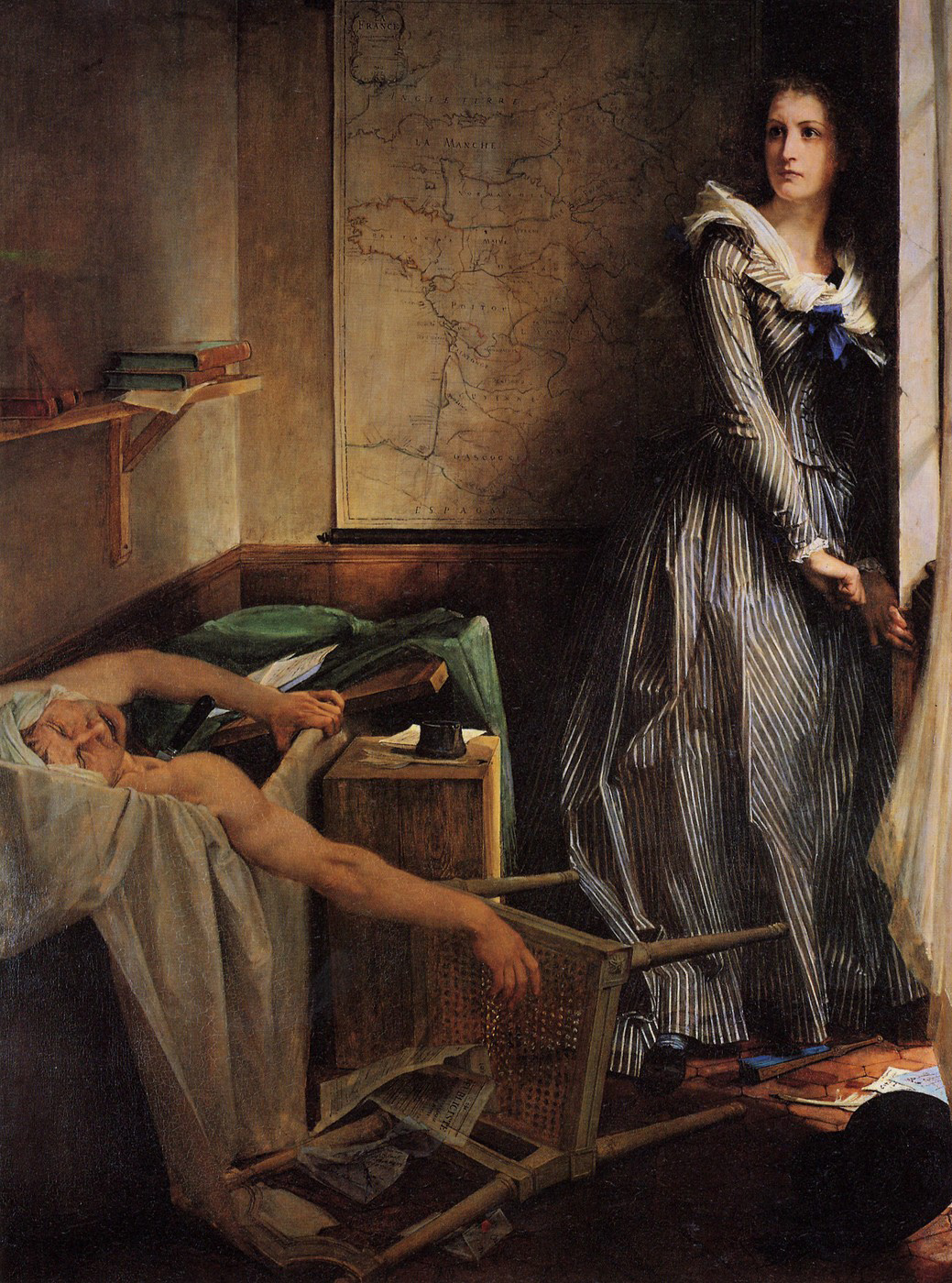
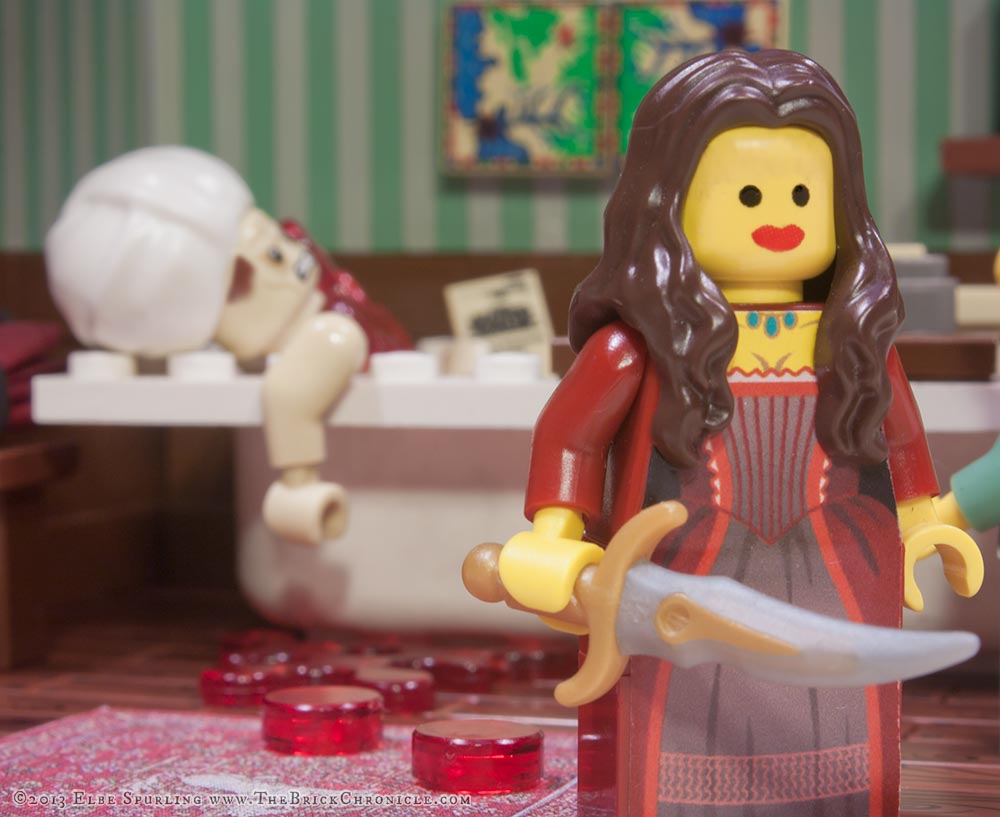
Jean-Paul Marat, one of the most radical and uncompromising voices in the Revolutionary government, beloved by the poorer class, was assassinated while in the tub, writing up a list of enemies to have killed.
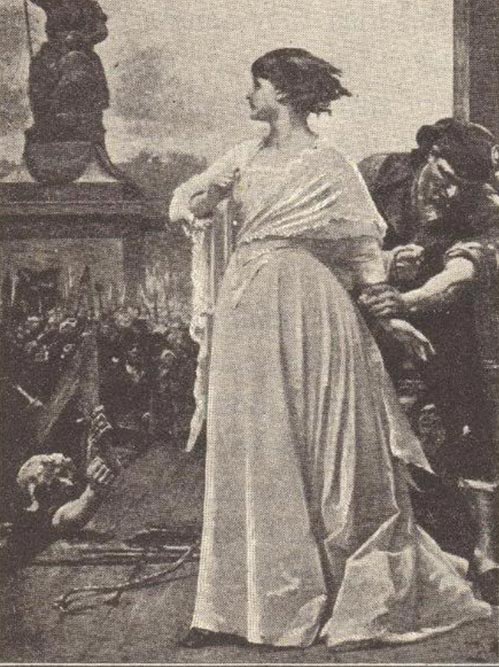
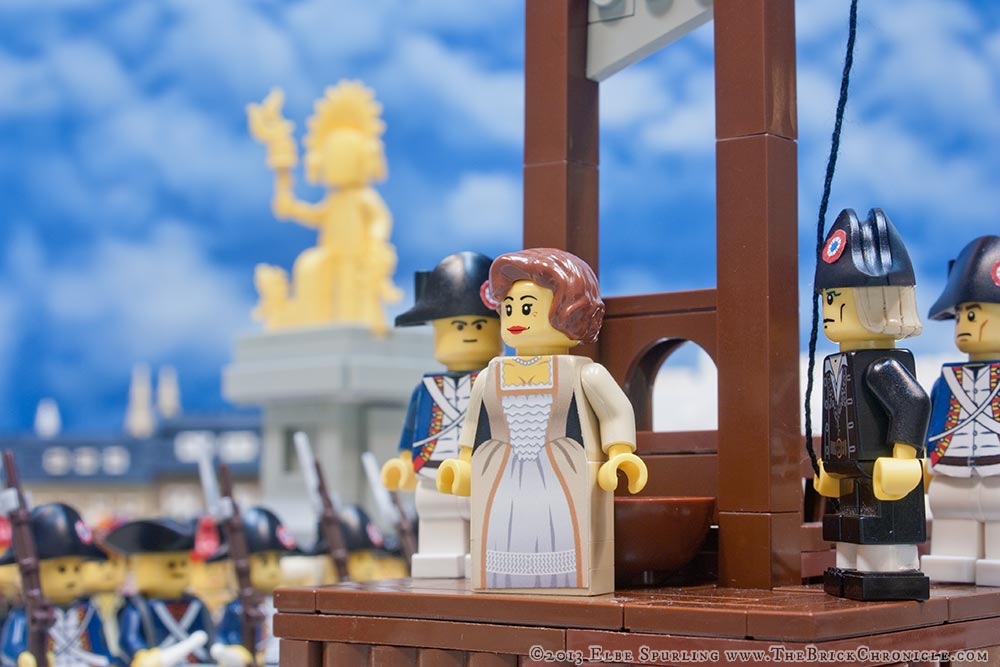
When the Jacobin party prevailed over its rival, the more moderate Girondins, many heads rolled. This included that of influential writer and salonnière Marie-Jeanne Roland, who was lead to the guillotine on November 8, 1793.
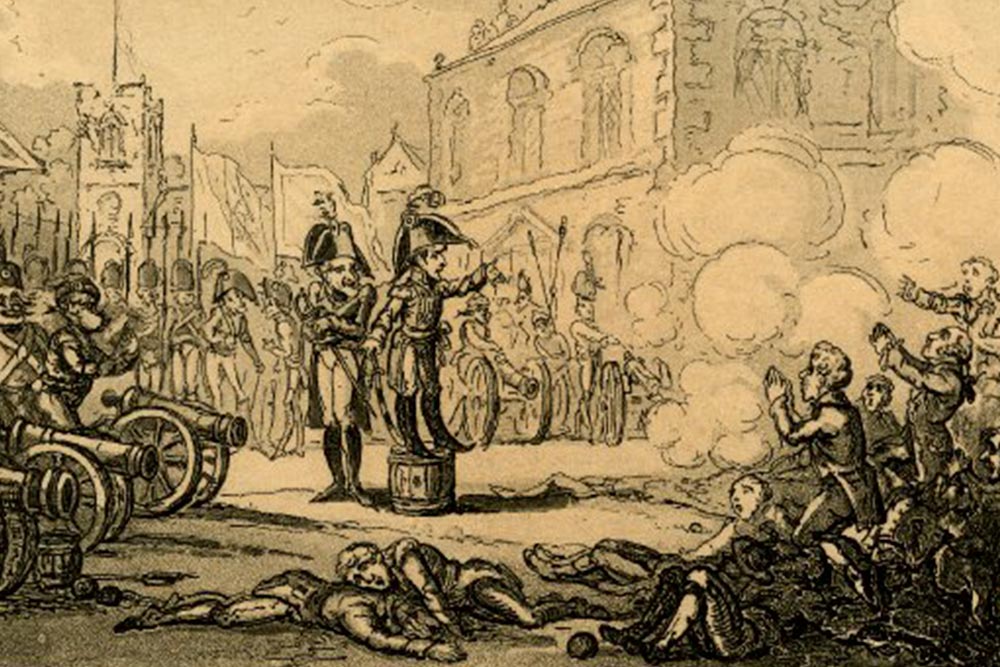
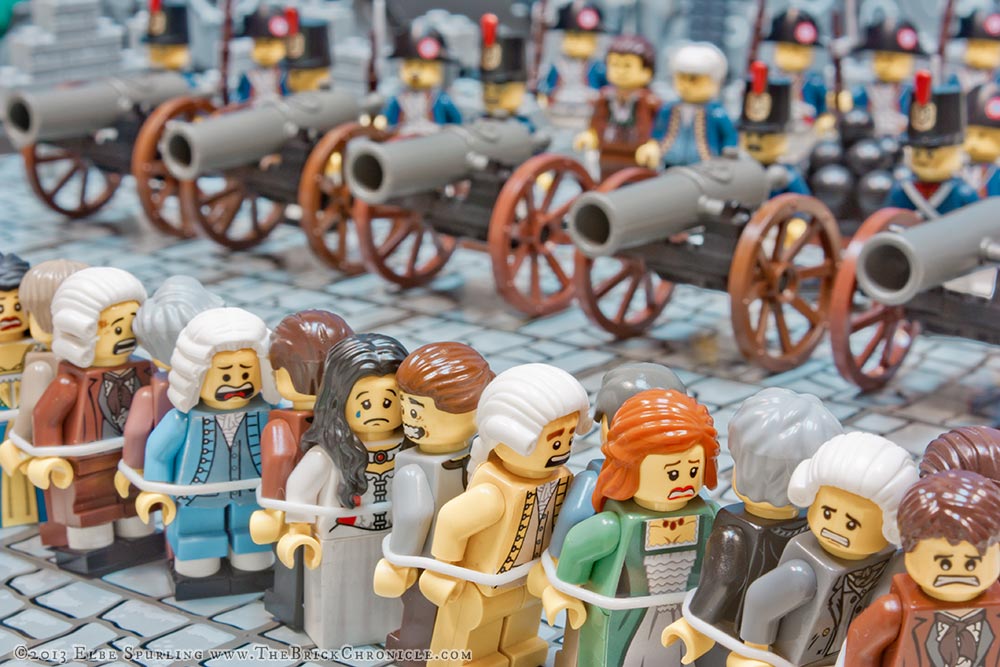
After taking the loyalist-held city of Toulon after a 6-month seige, surviving nobles and sympathizers were rounded up and shot. When this proved too slow and cumbersome, they were instead tied together and blasted by canons.
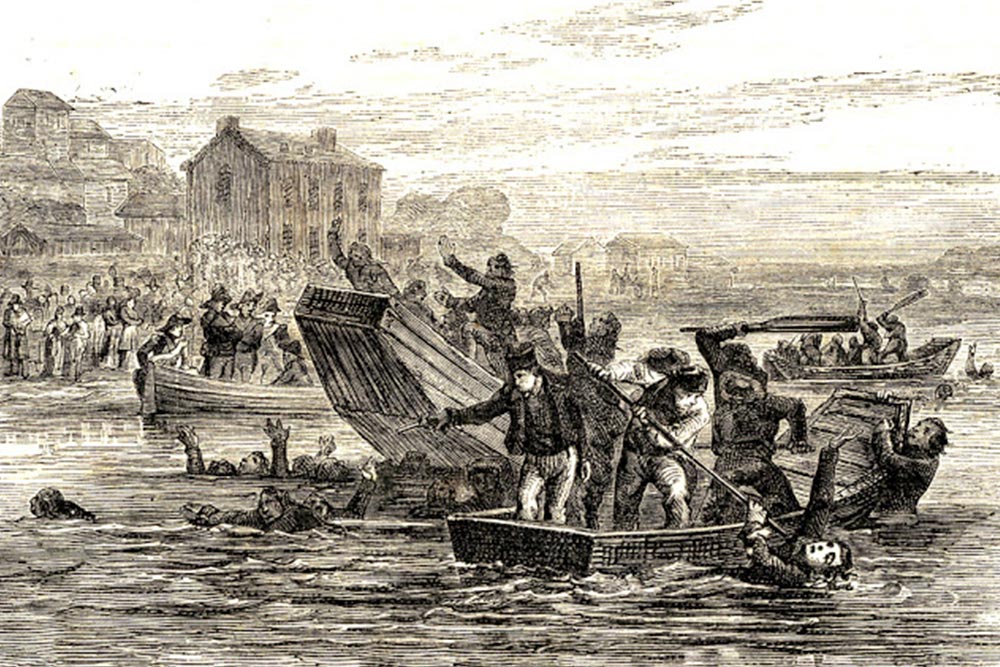
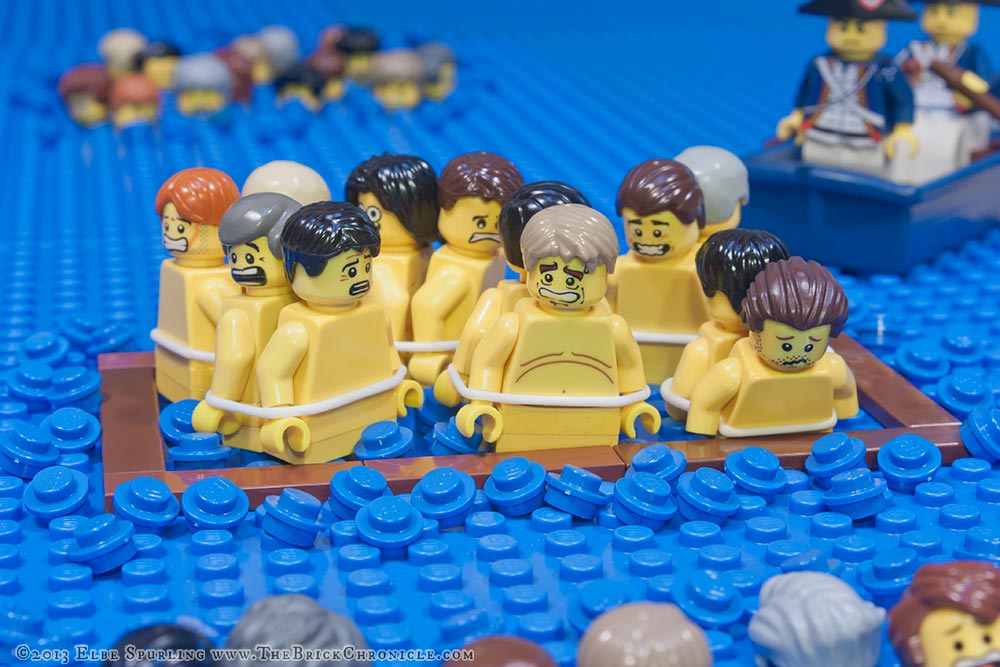
At Nantes, 4,000 priests, nuns, and suspected royalist sympathizers were killed in a series of mass drownings. Young and old were tied together in pairs, and forced into boats designed to sink into the cold and rushing Loire River.
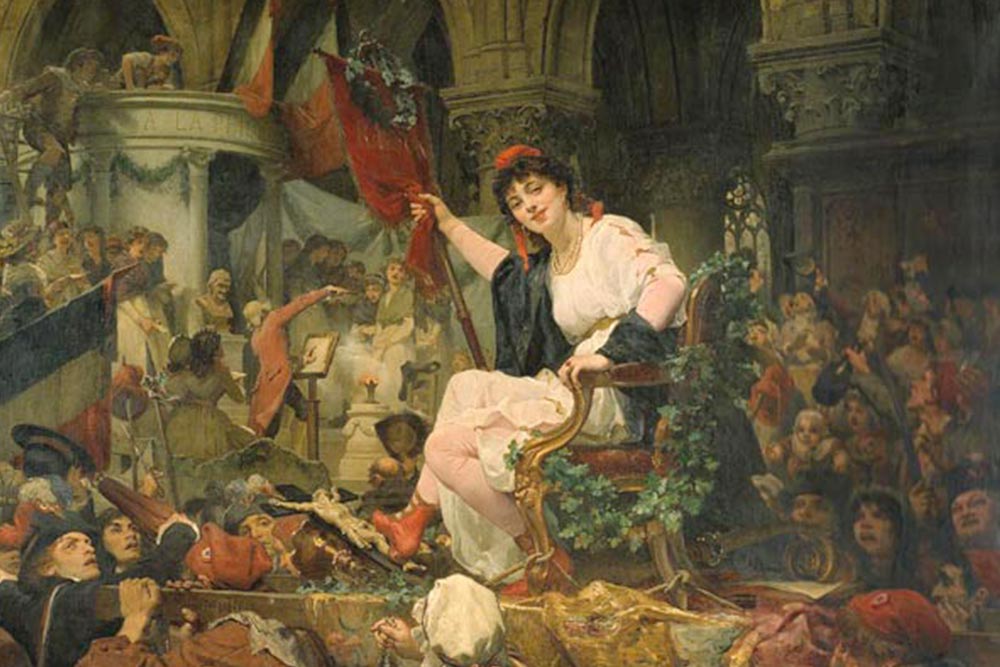
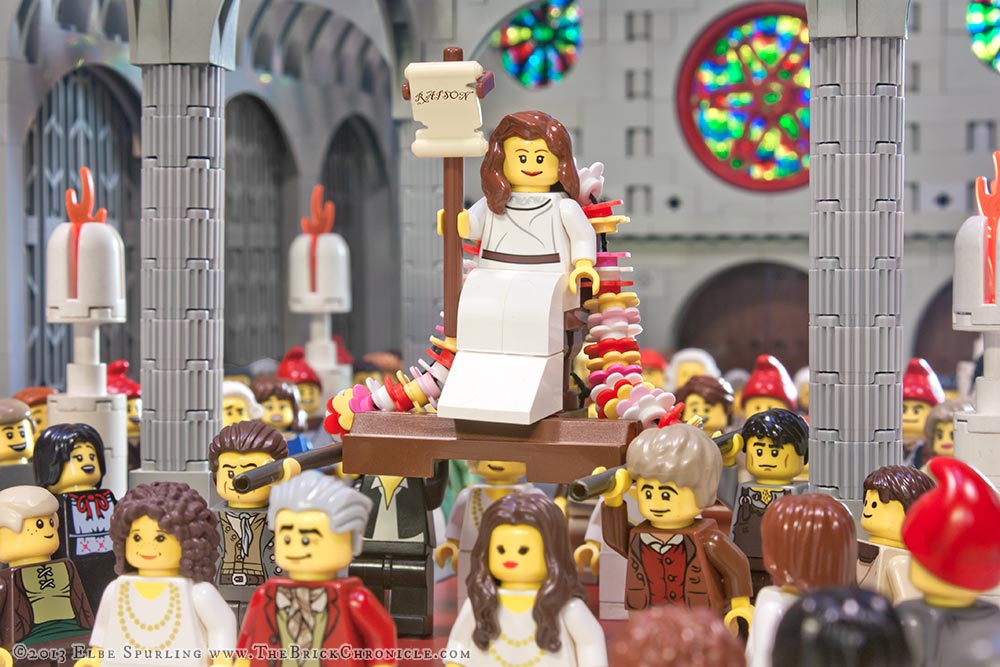
In 1792, a conscious effort to dechristianize the Republic began. Notre Dame cathedral, with its altar removed, was redubbed The Temple of Reason, and hosted a Festival of Reason including a woman dressed as the Goddess of Reason.
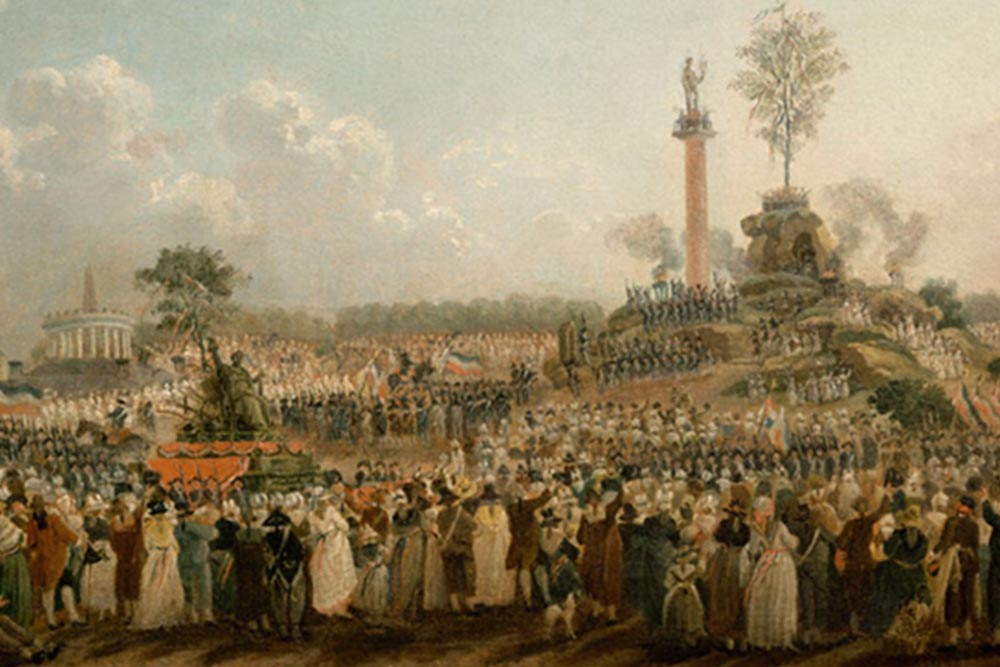
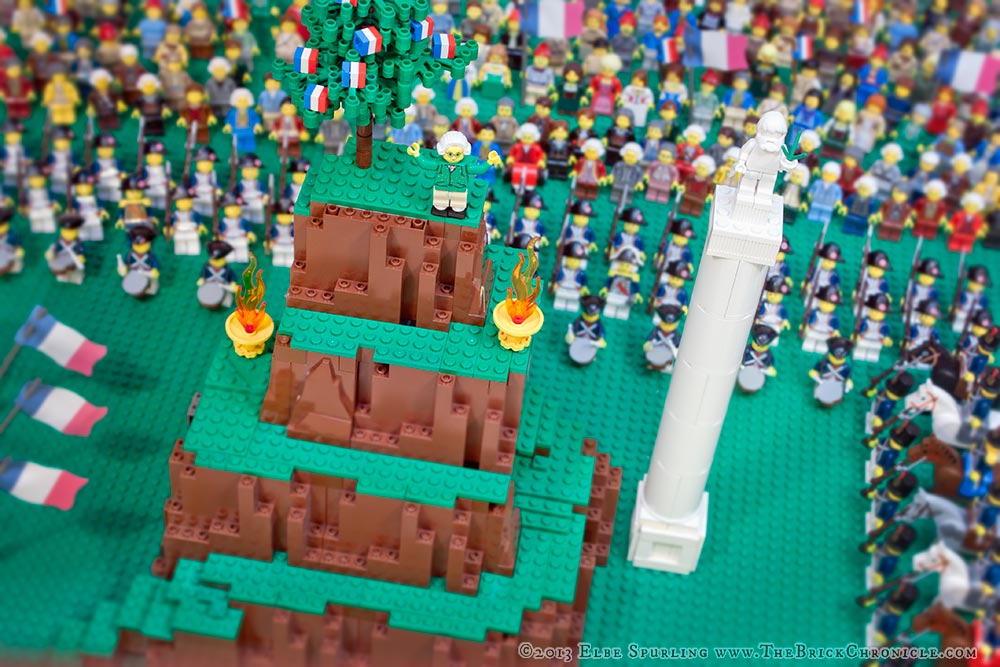
Believing his colleagues had gone too far in erasing religion from society, at the height of Robespierre’s power, he instituted a Festival of the Supreme Being, held on the Champ de Mars, and featuring a man-made mountain.
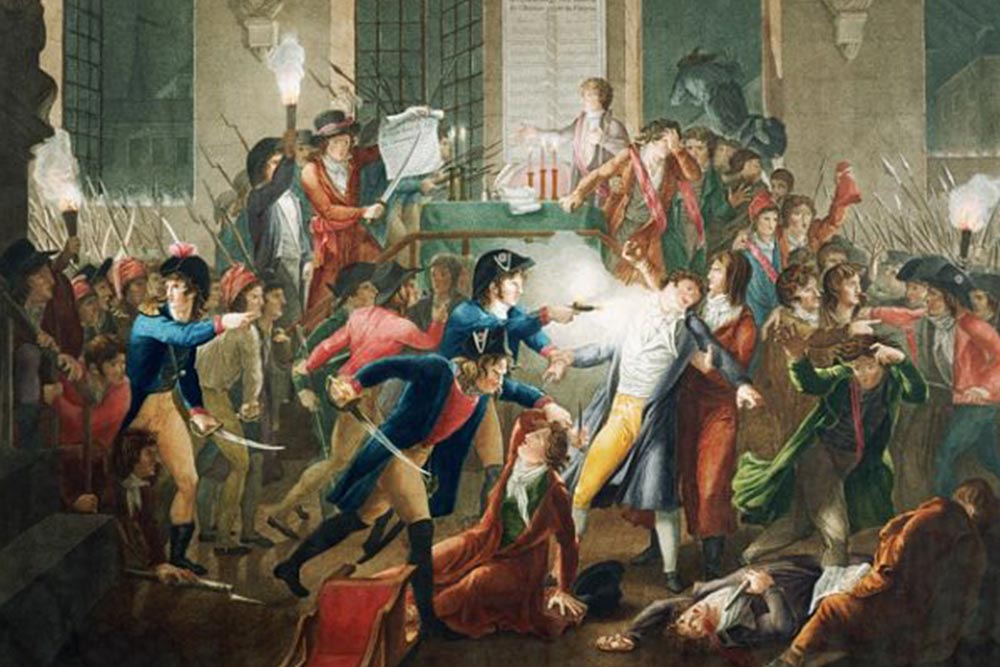
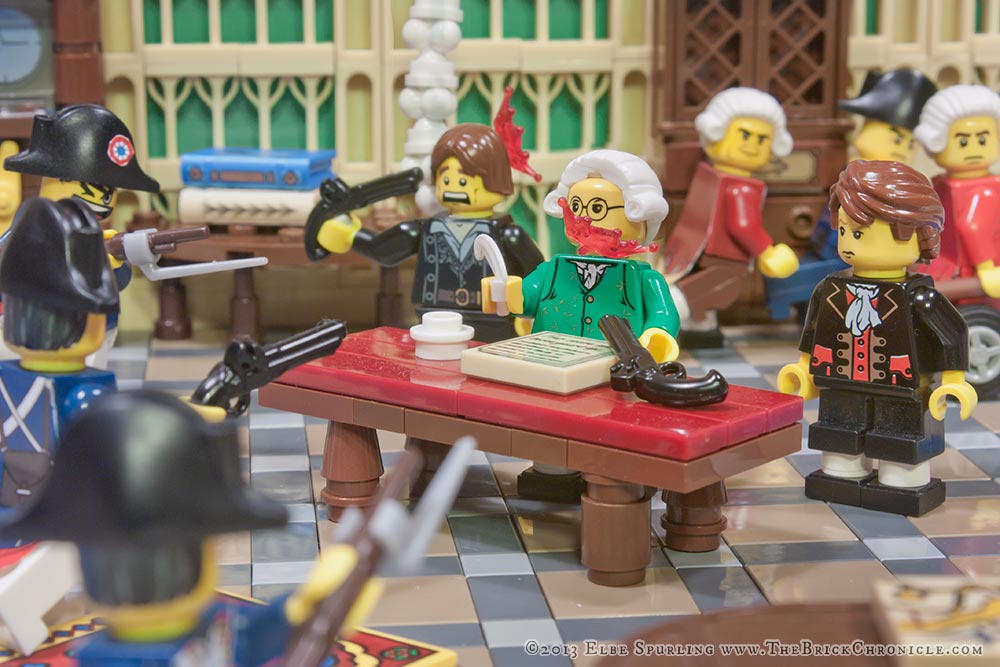
The most feared man in the Revolutionary government’s downfall came amid a scene of chaos as National Convention troops barged into Paris City hall. Many were rounded up, Philippe Le Bas killed himself, and Robespierre was shot in the jaw.
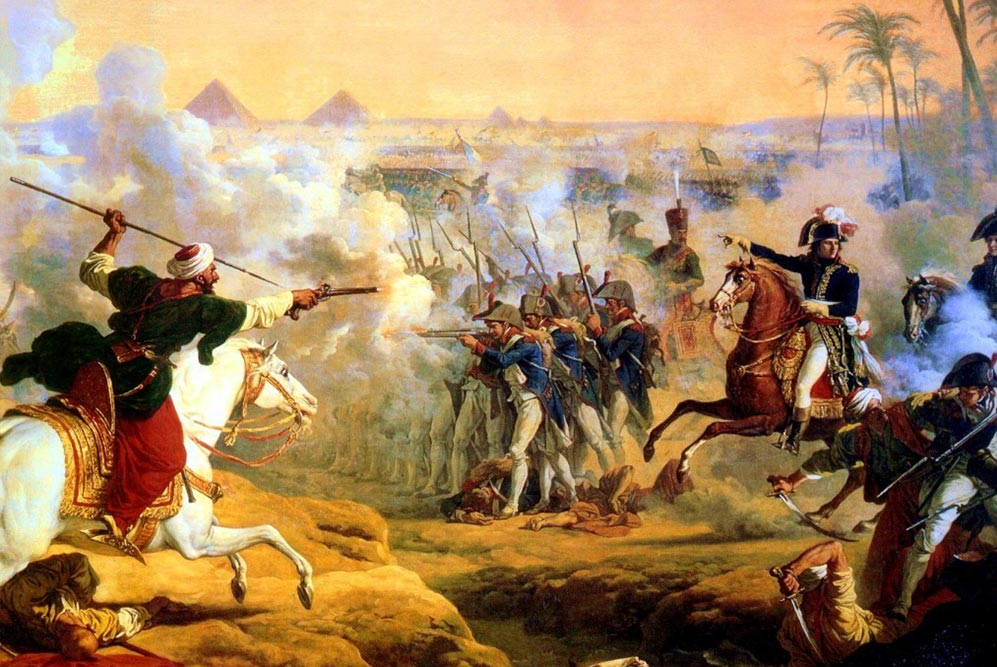
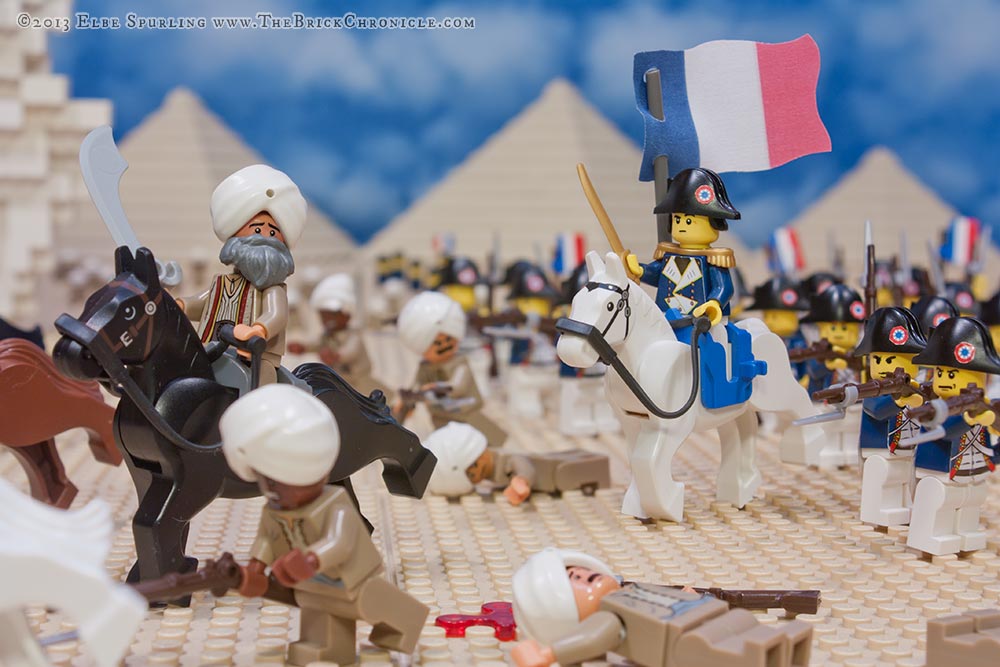
The Revolutionary Army’s most successful and popular general Napoleon Bonaparte routed the Ottoman-supported Mamluks at The Battle of the Pyramids during an unsuccessful attempt to make Egypt a colony of France.
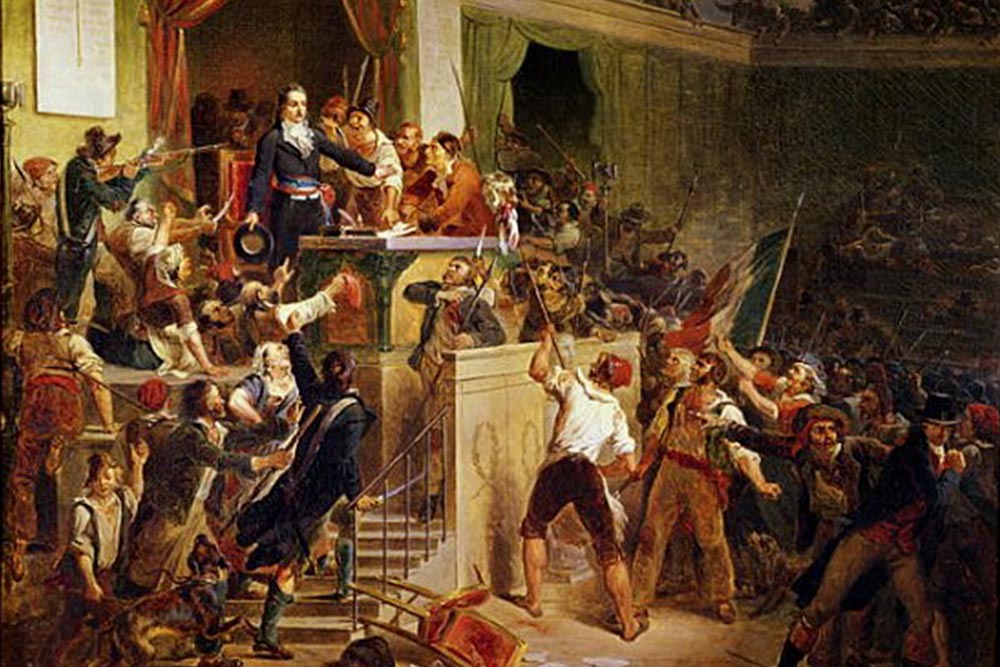
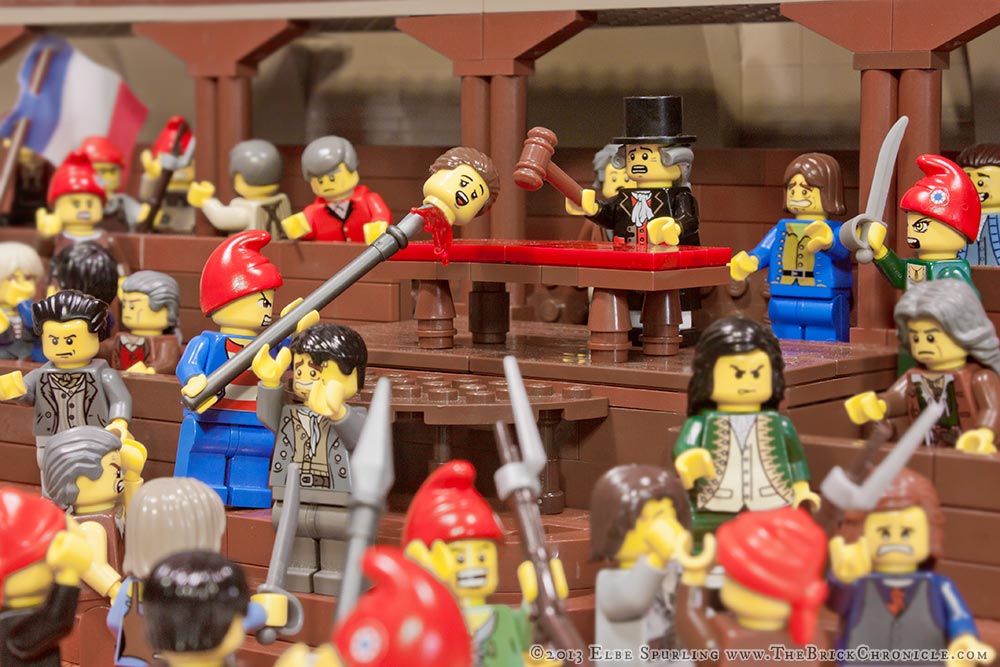
Demanding bread and return to the Constitution of 1793, a popular uprising against the reactionary response to the Revolution saw the National Convention invaded and the severed head of deputy Jean-Bertrand Féraud waved about on a pike.
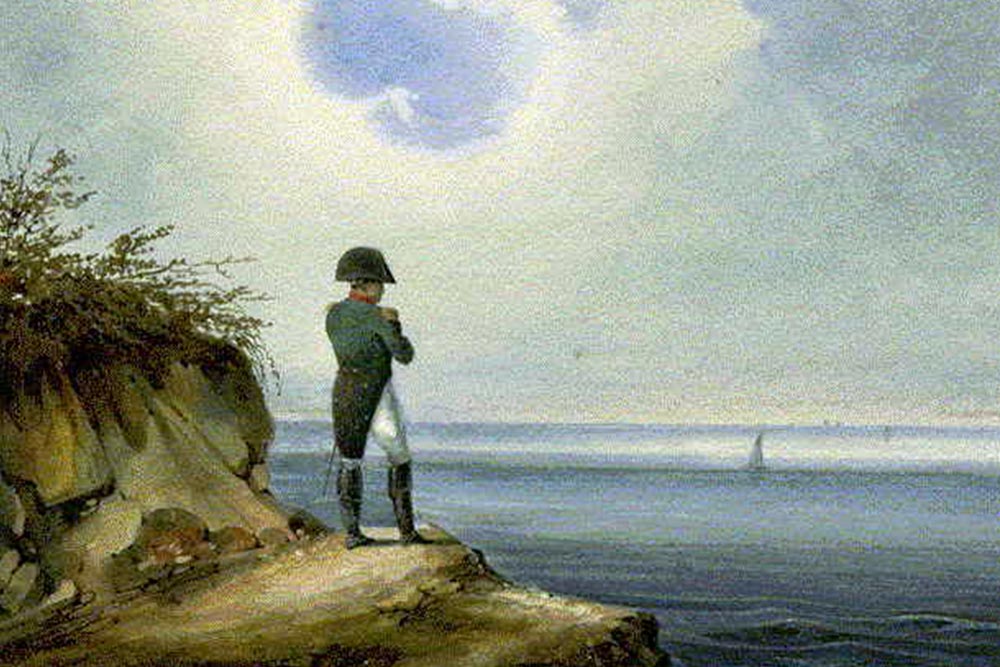
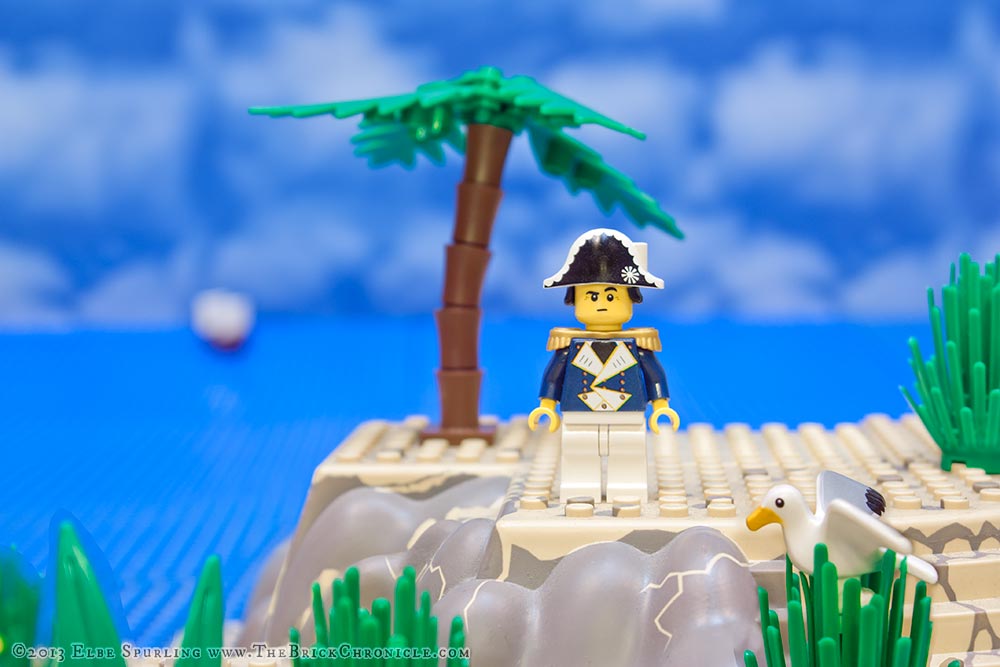
After finally facing defeat after a series of wars which killed between 3 and 6 million, Napoleon lived out his final years exiled to the uninhabited island of Saint Helena, 1,870 miles off the west coast of Africa. He was allowed visitors.
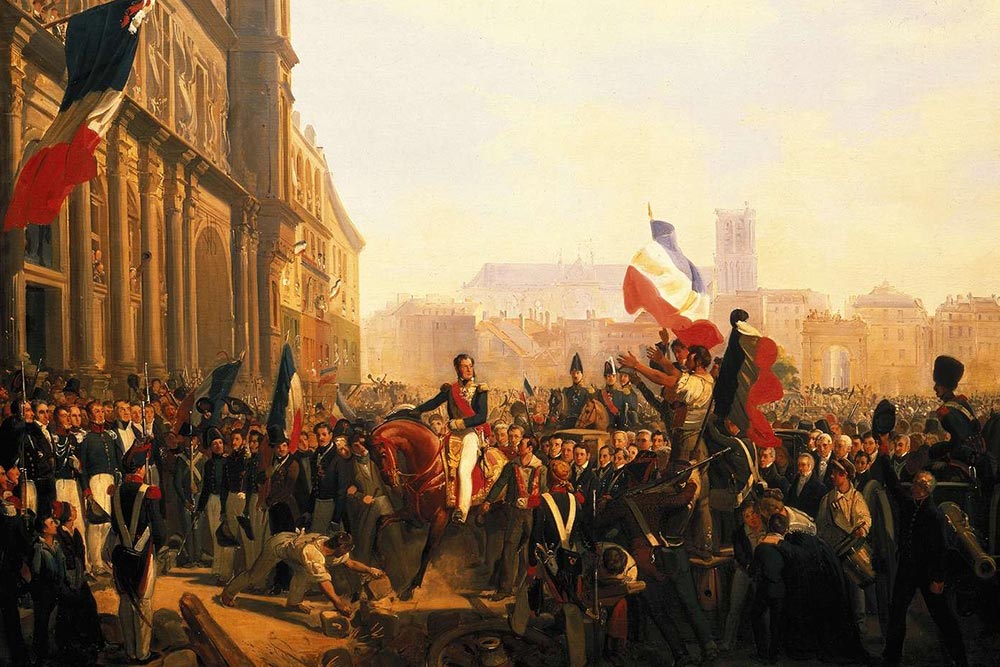
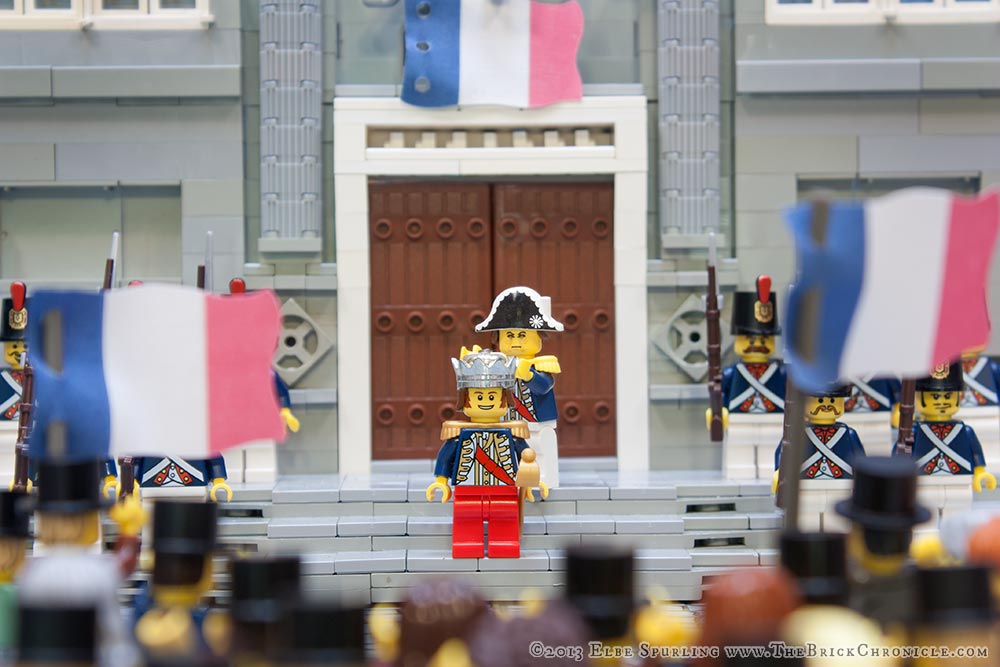
“What the people need now,” said the aging Marquis de Lafayette in 1830, “is a popular king, surrounded by republican institutions. A cousin of Louis XVI, Louis-Philippe I was installed as France’s final monarch in 1830.
